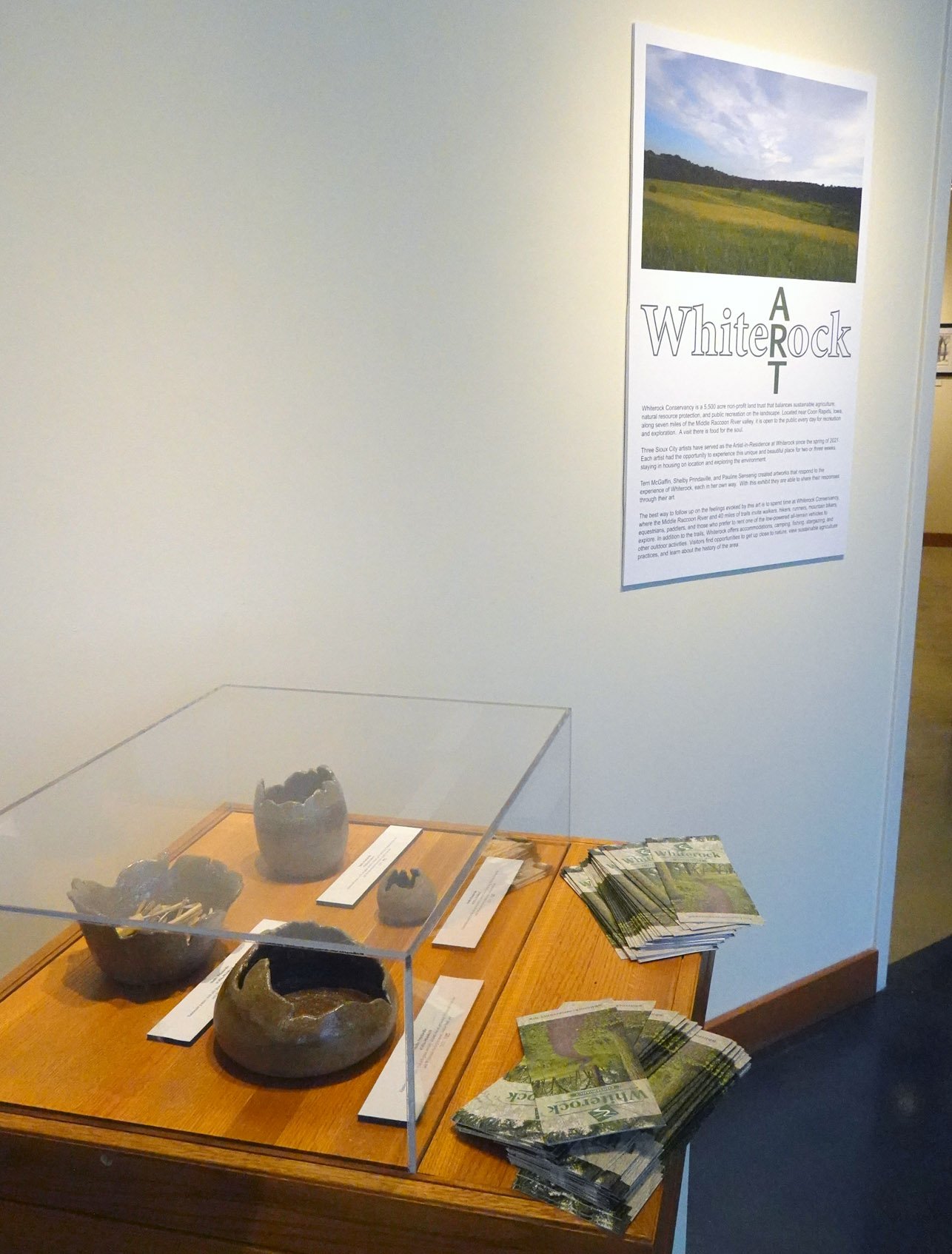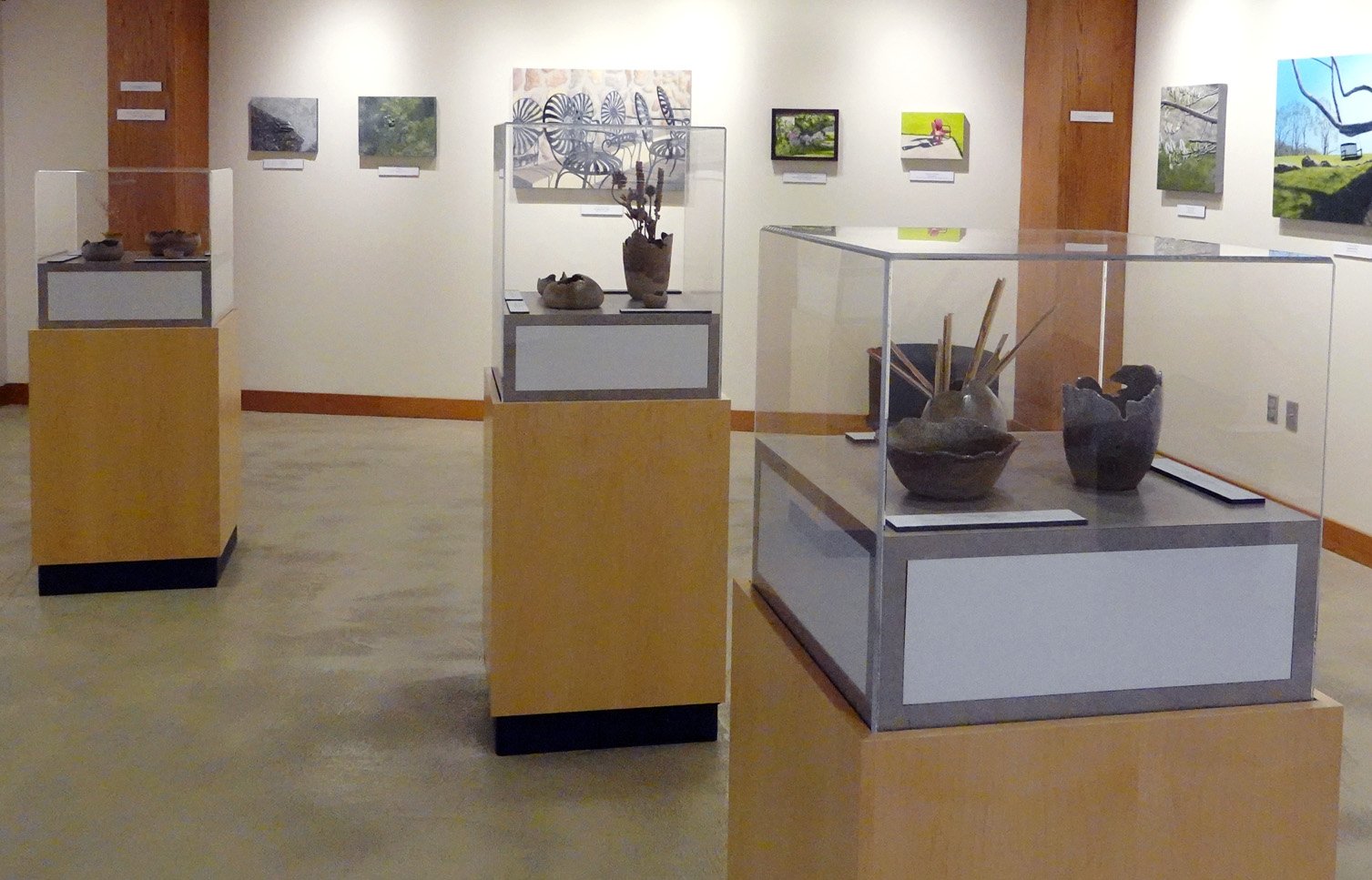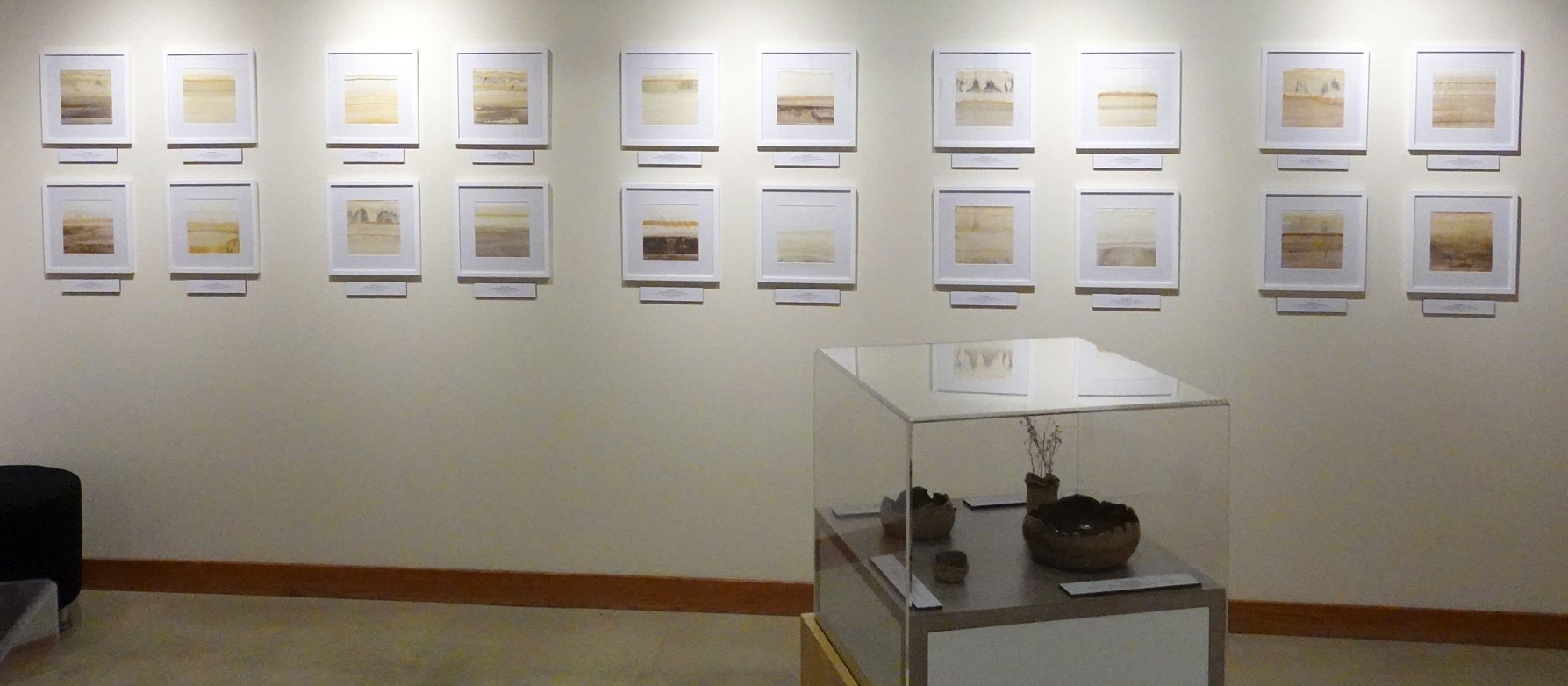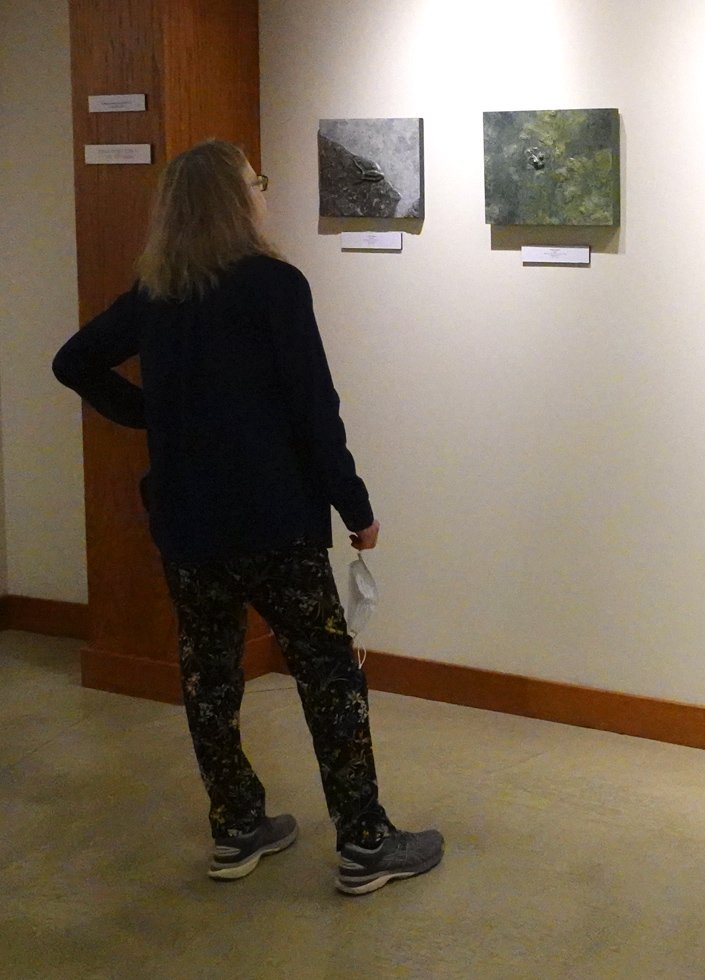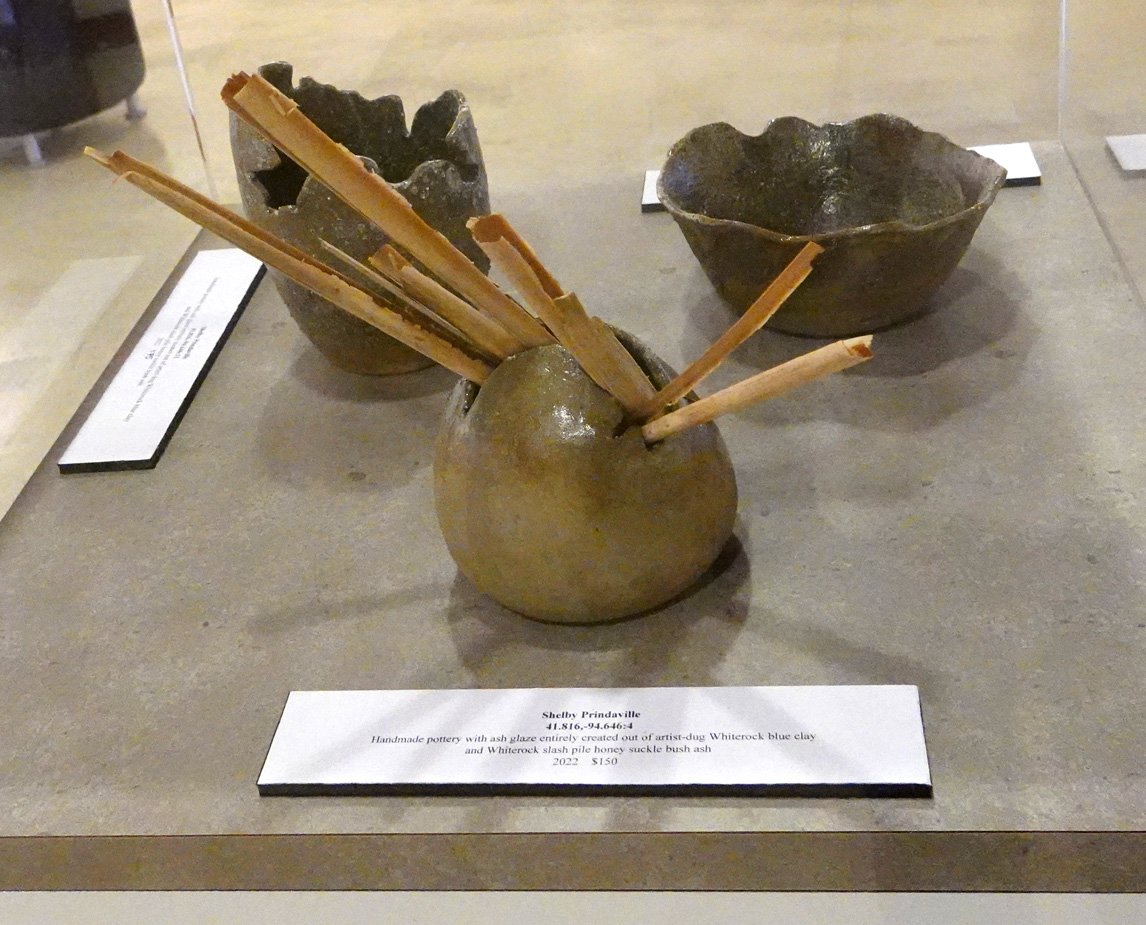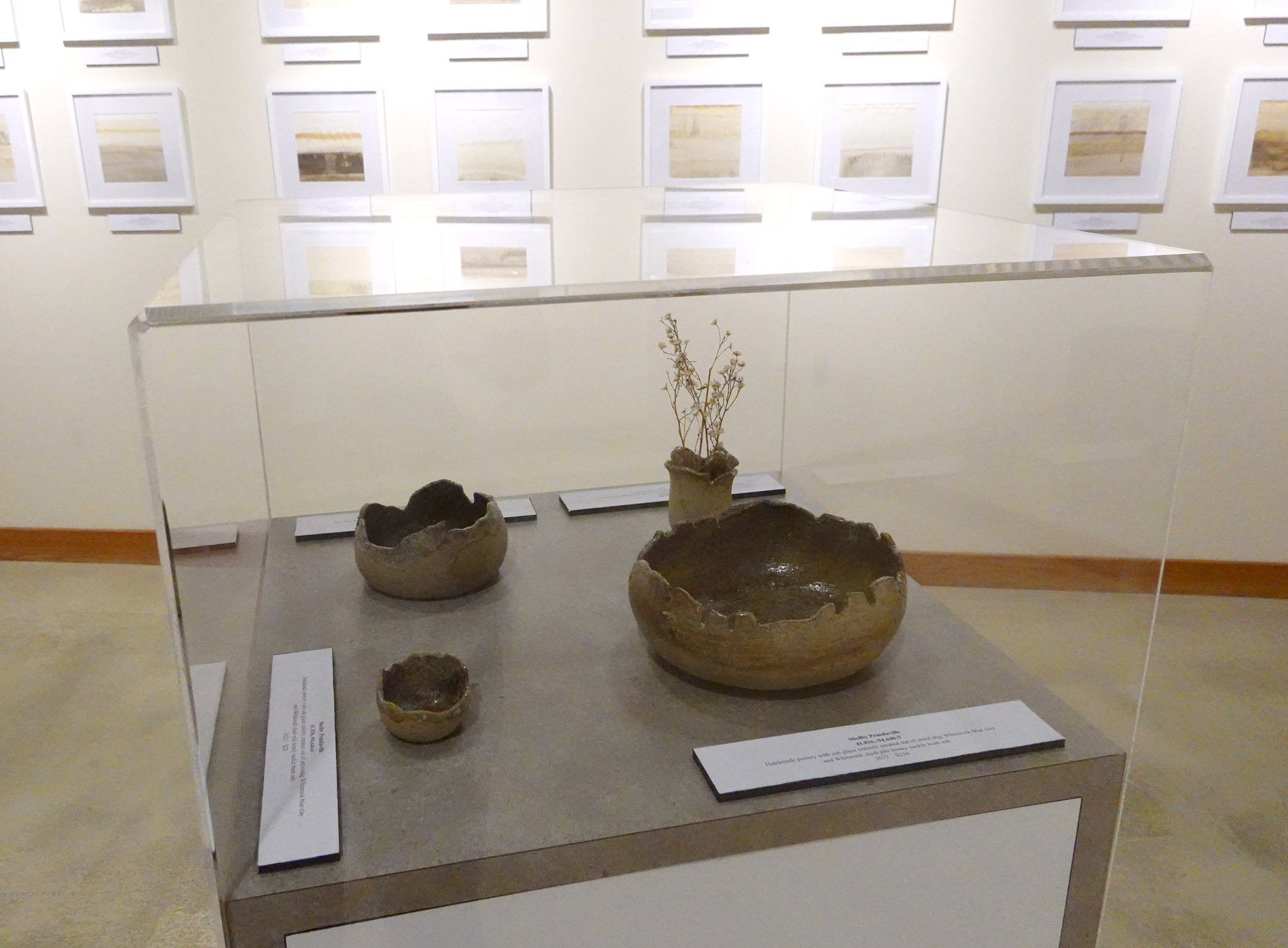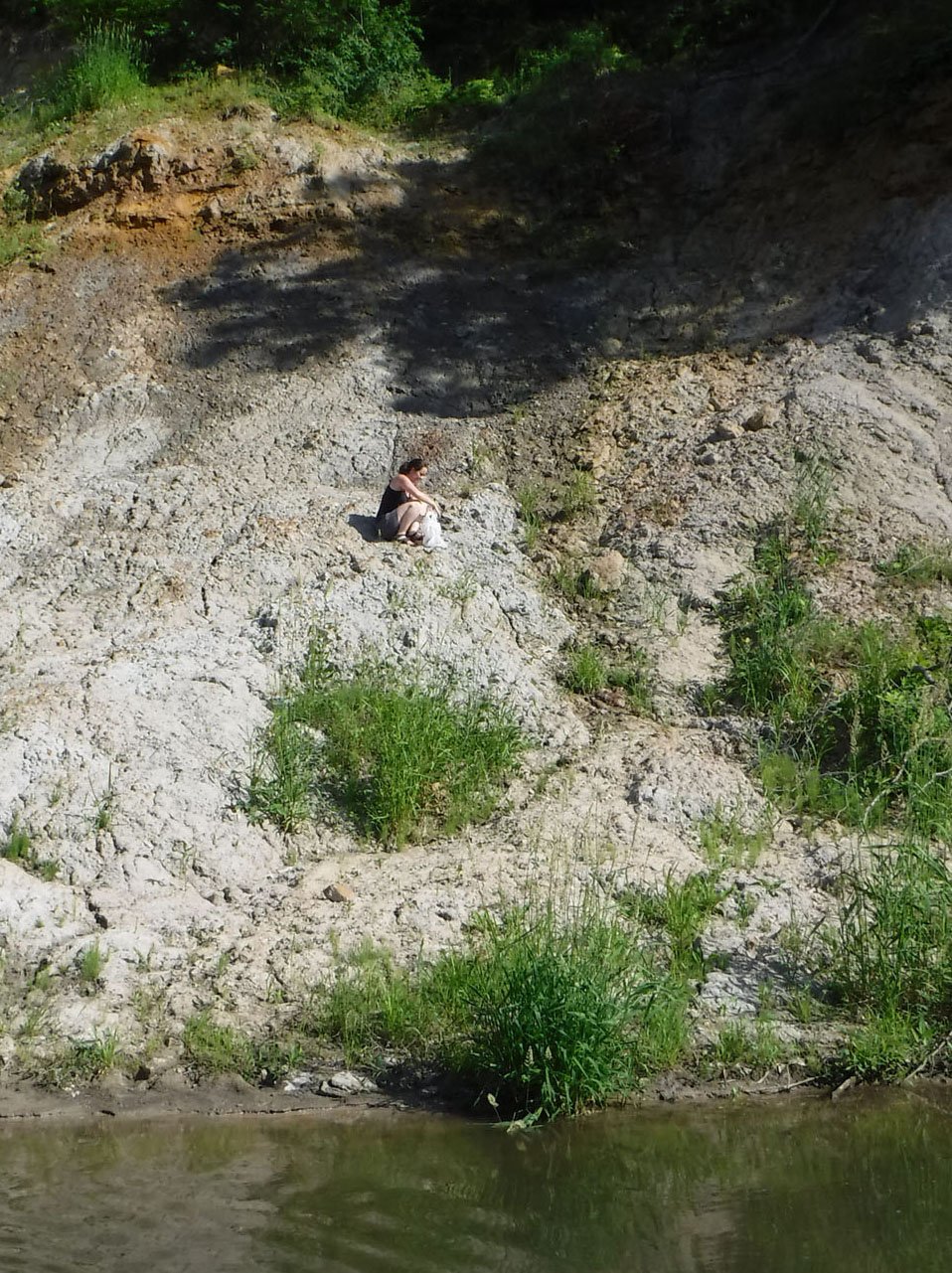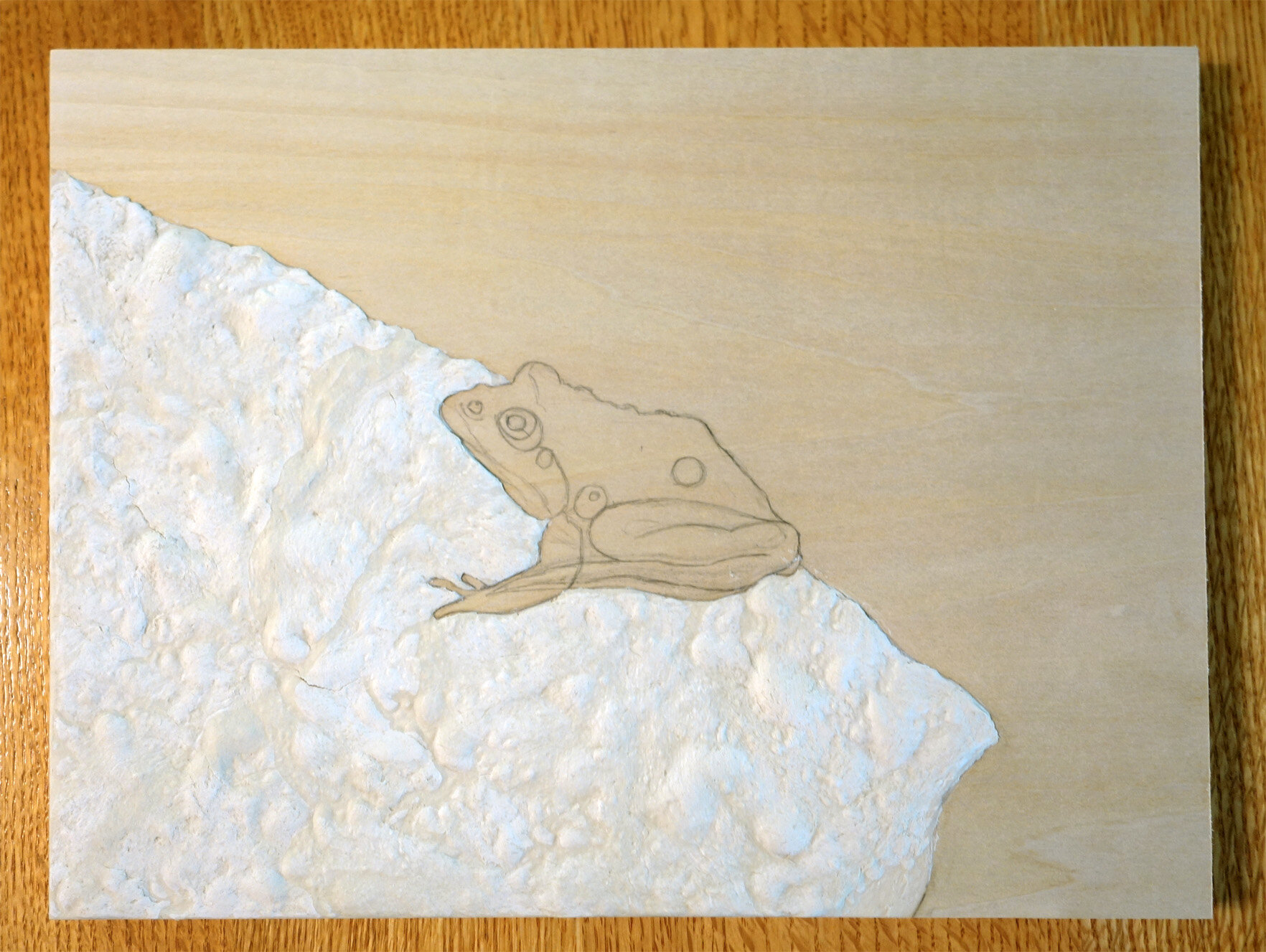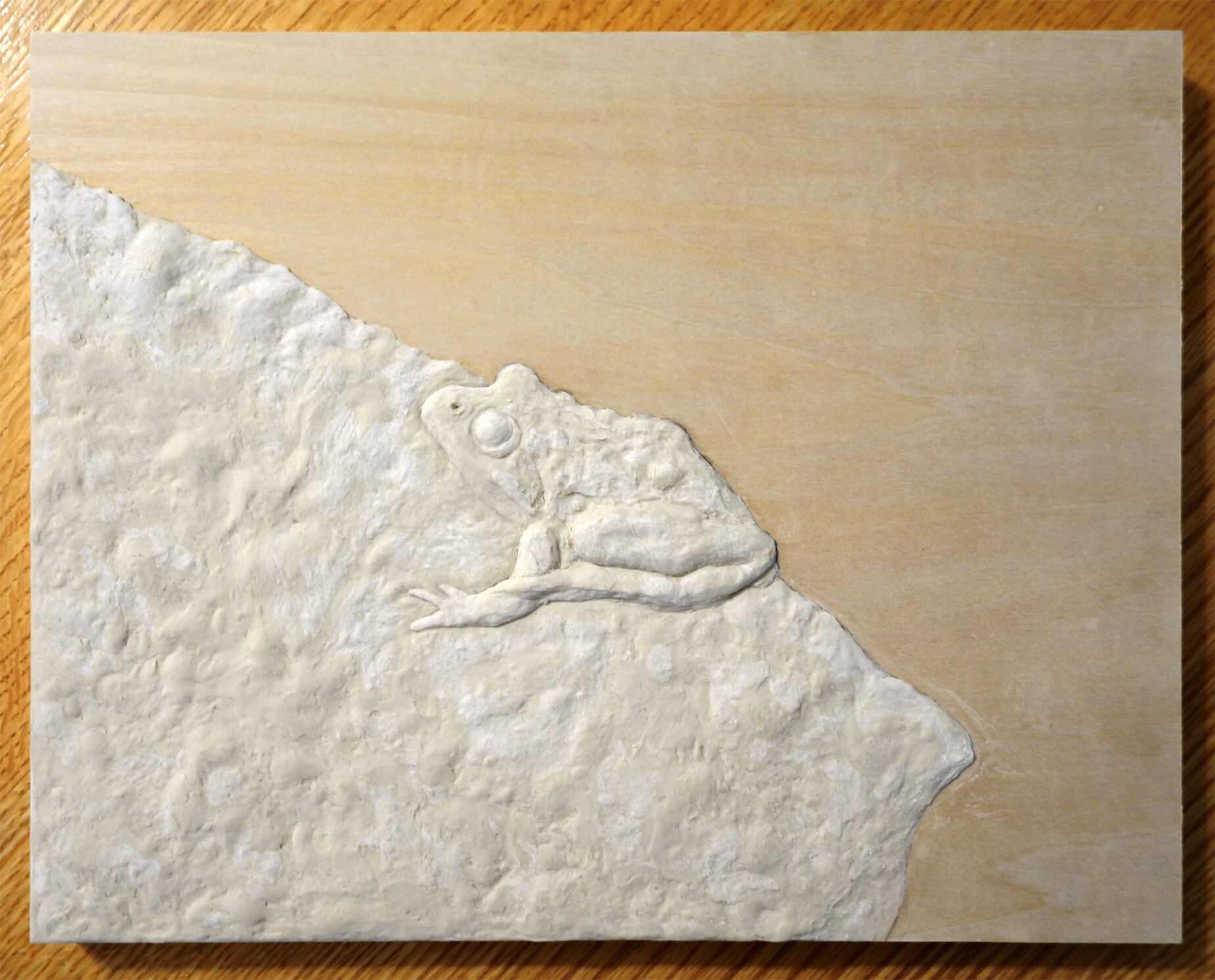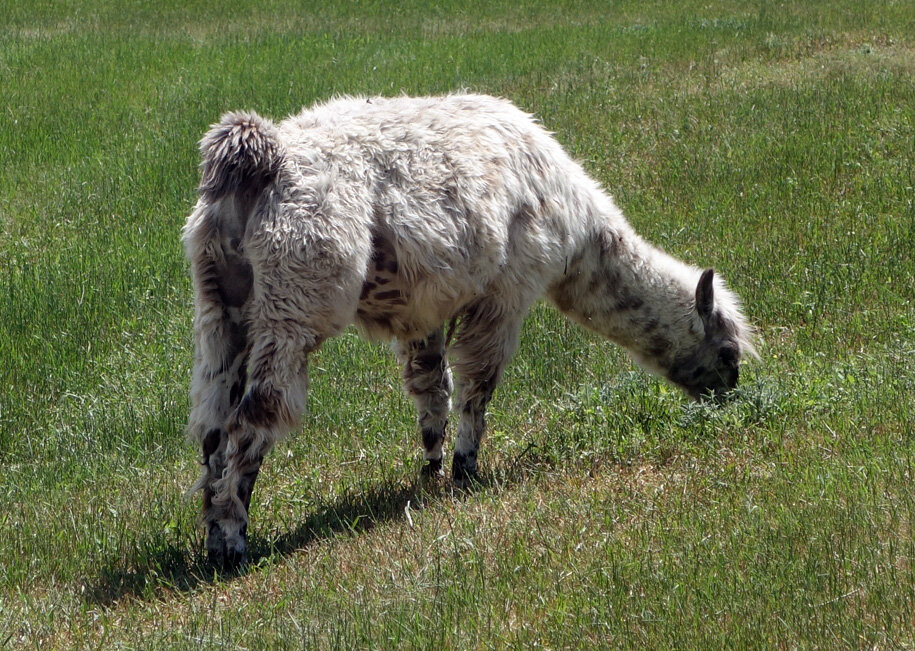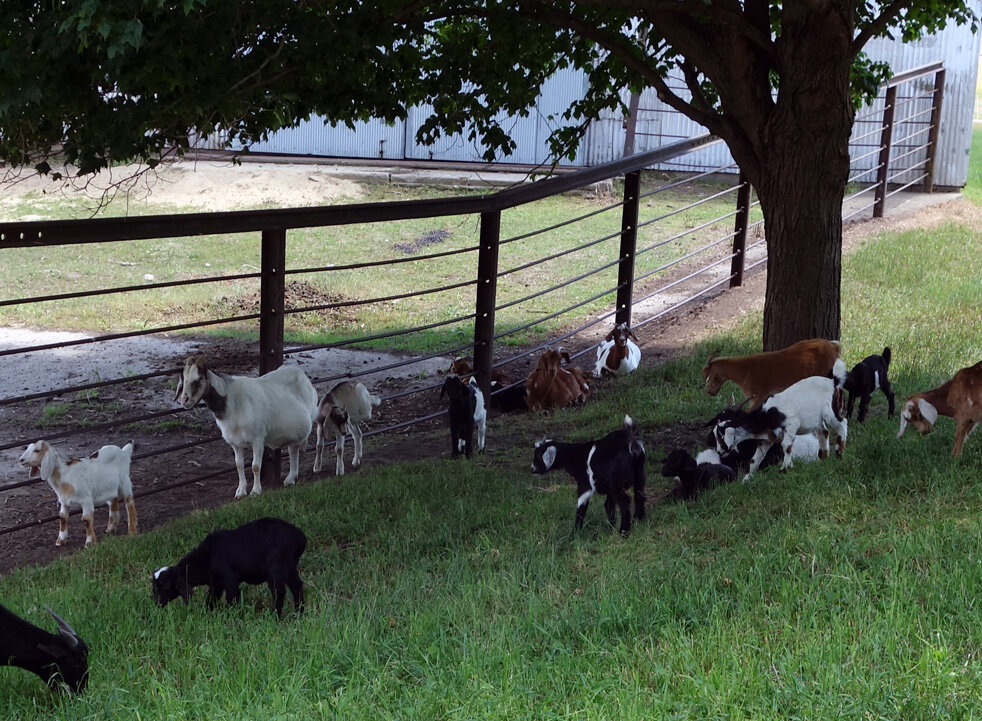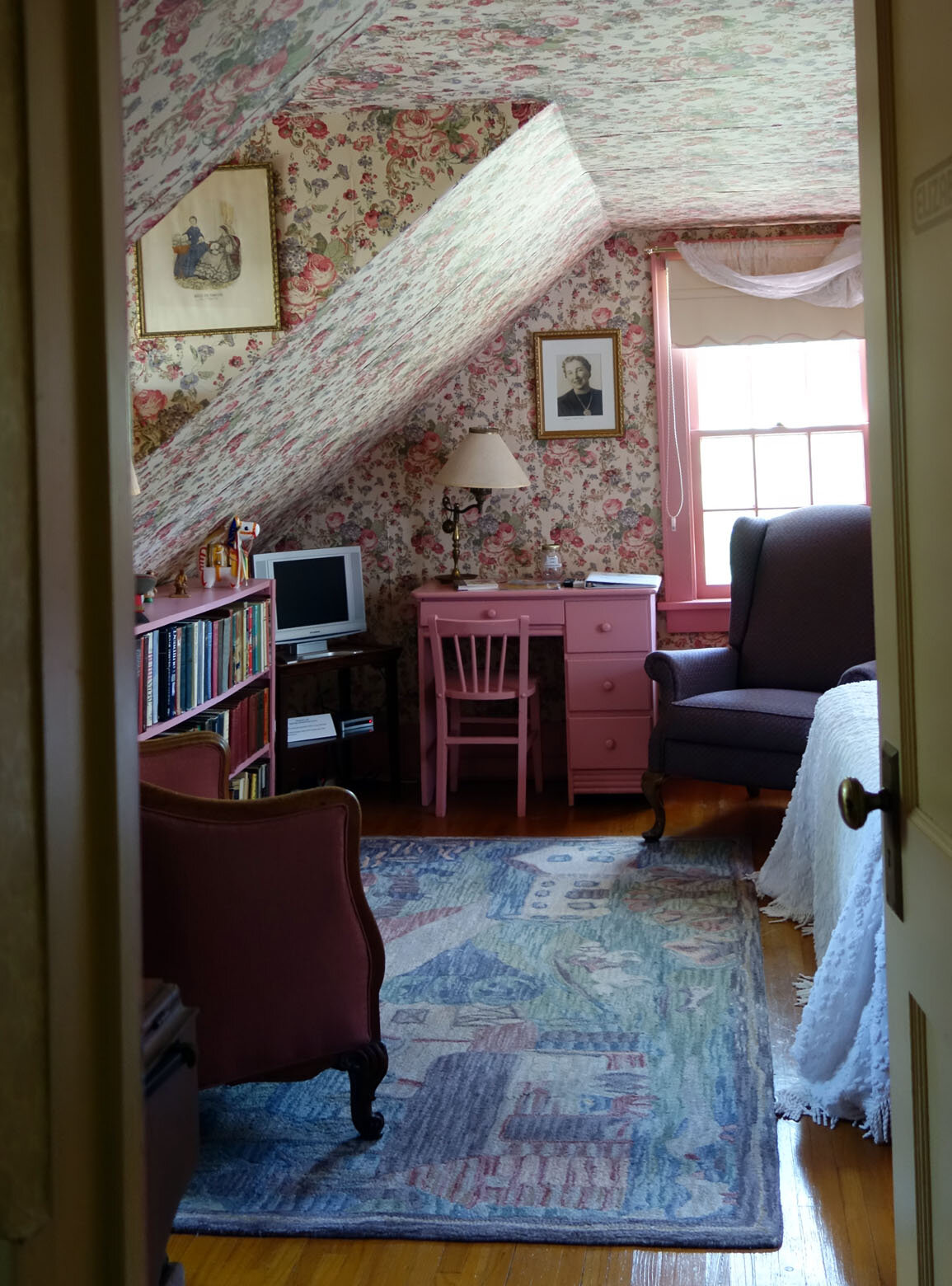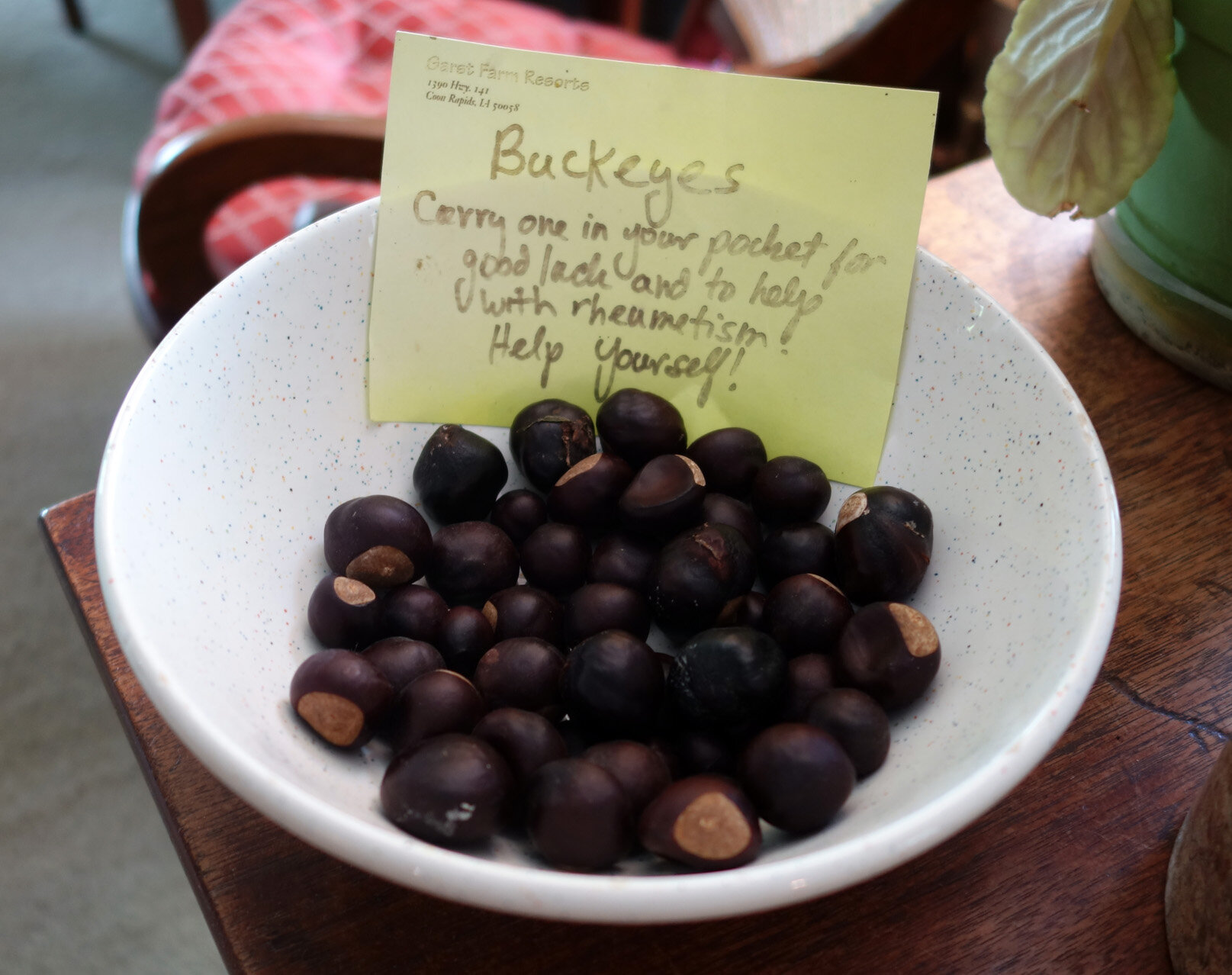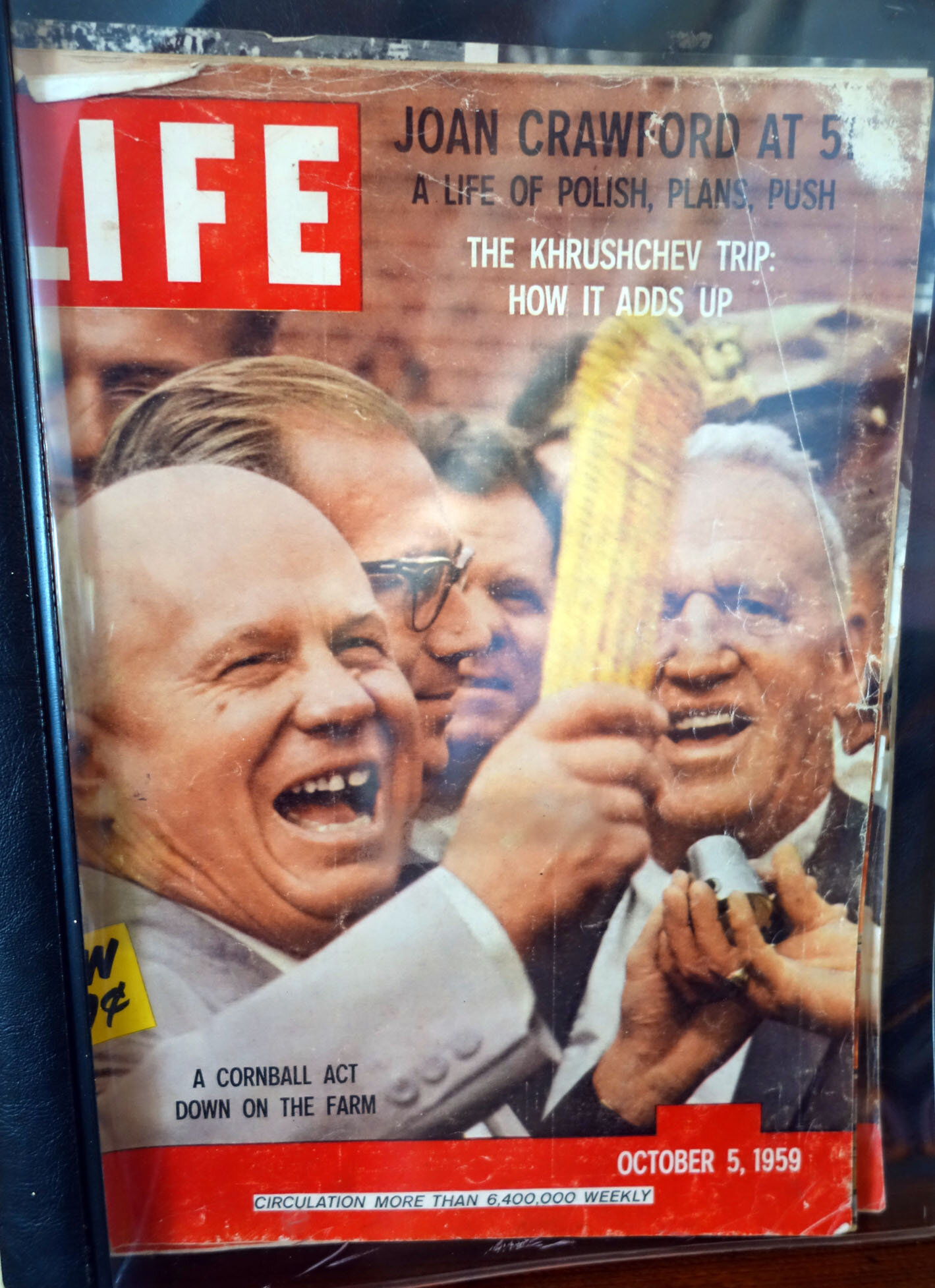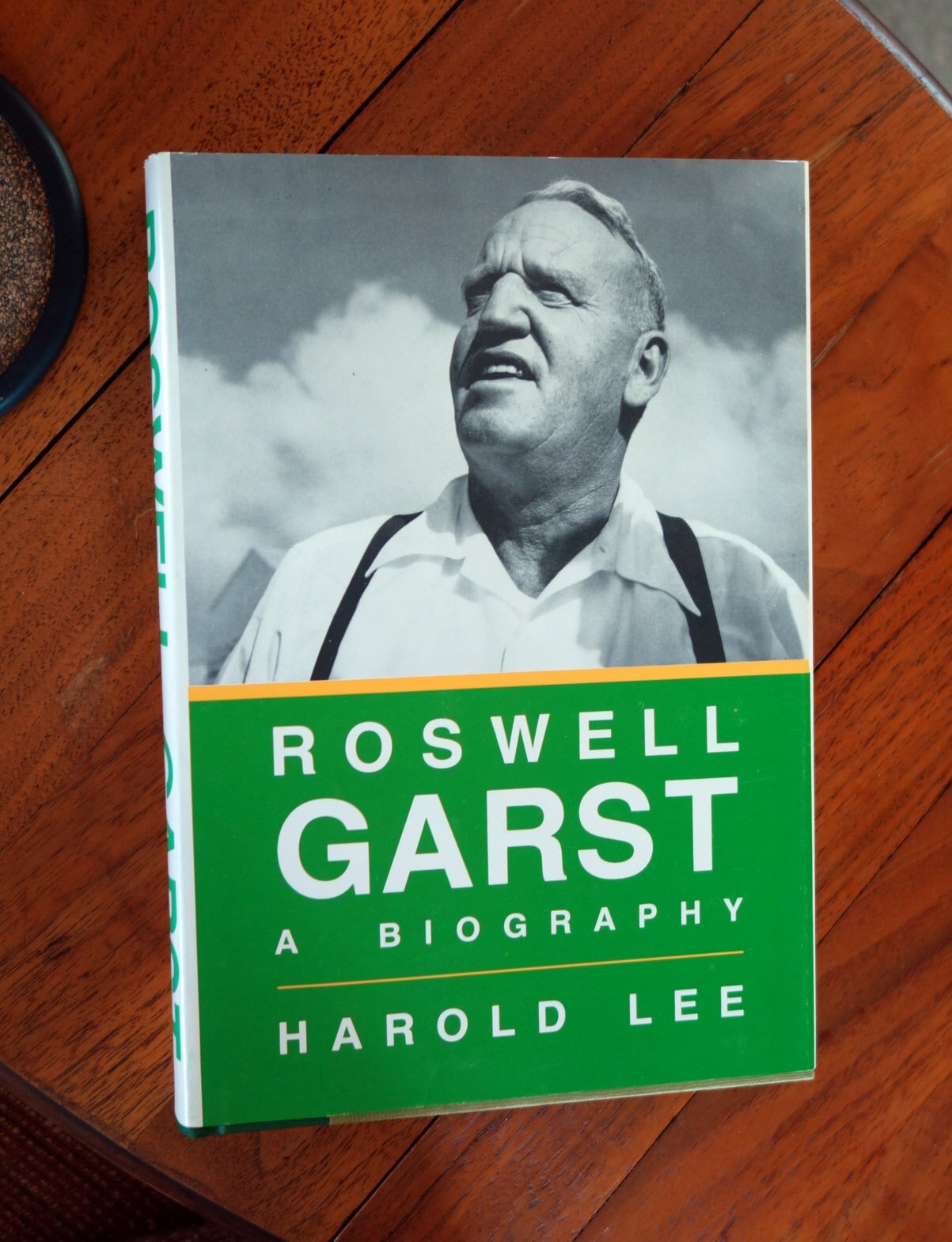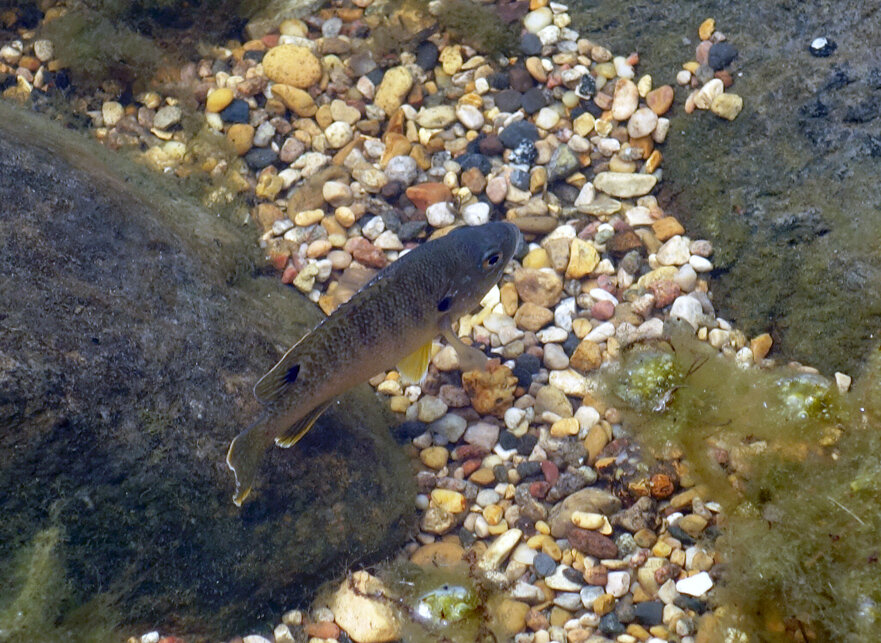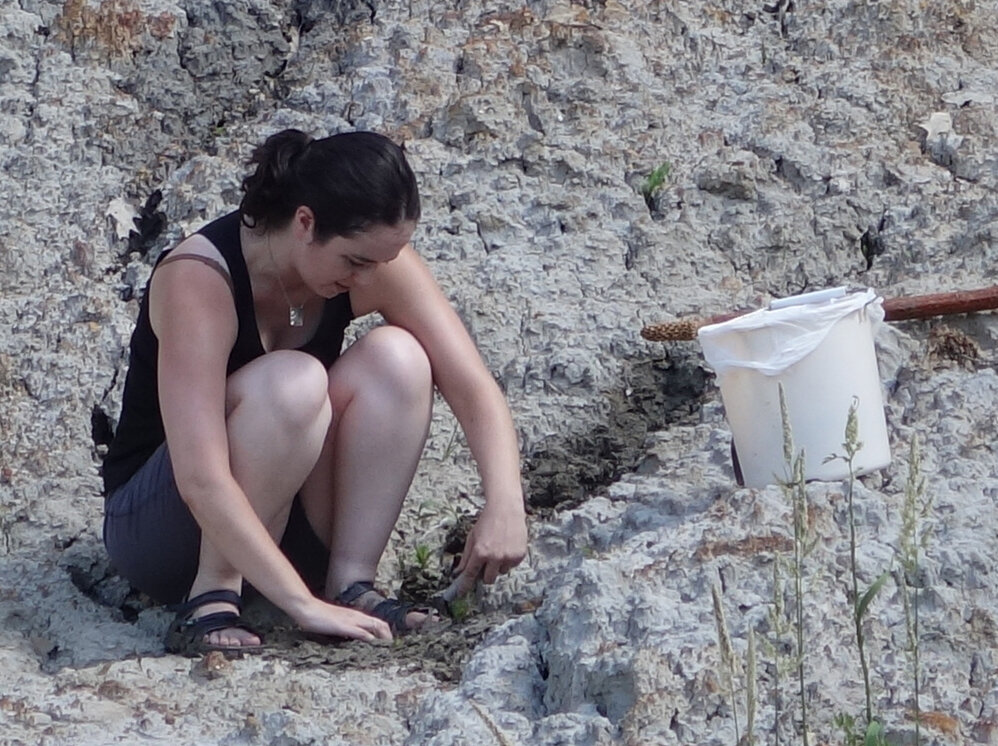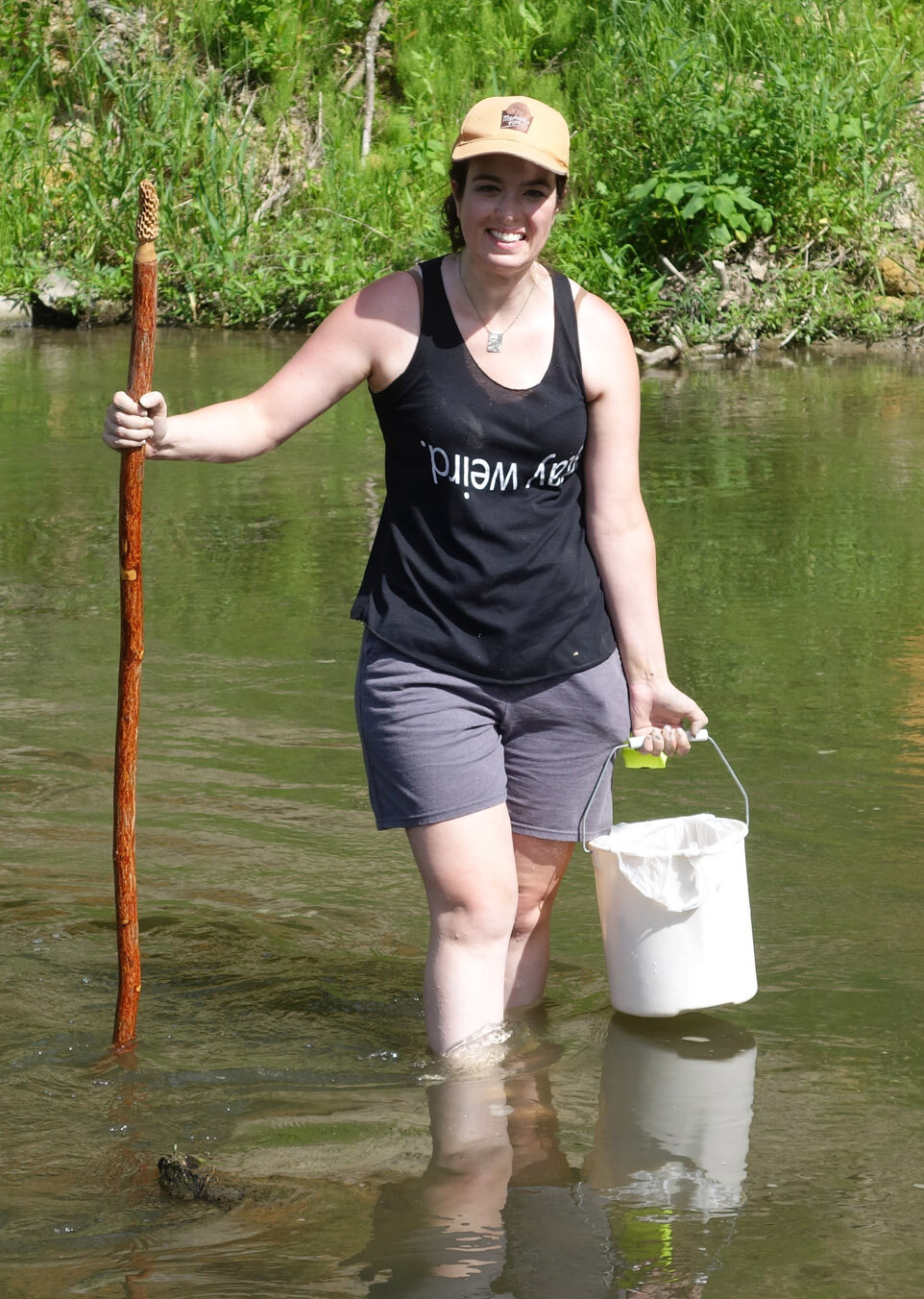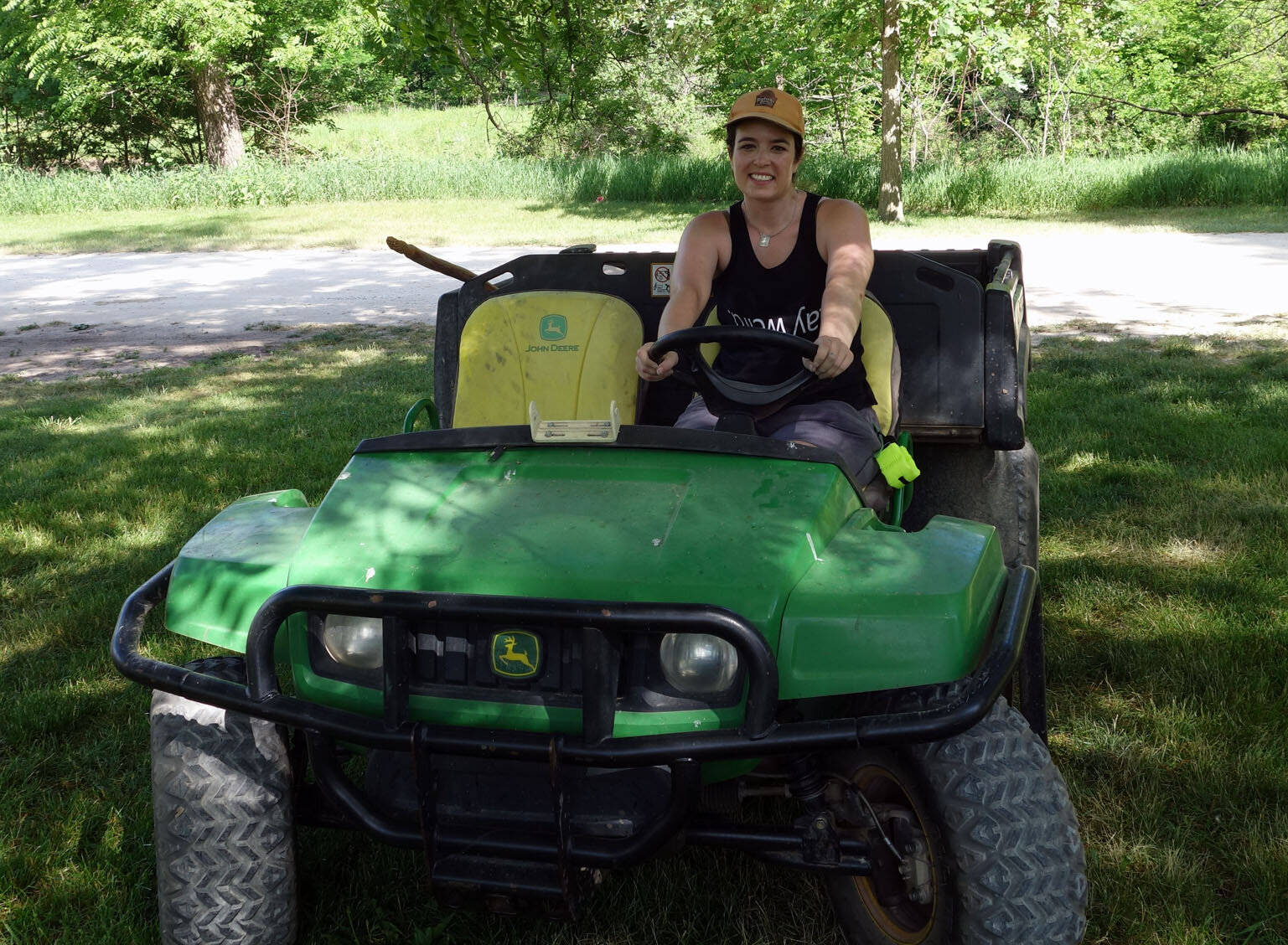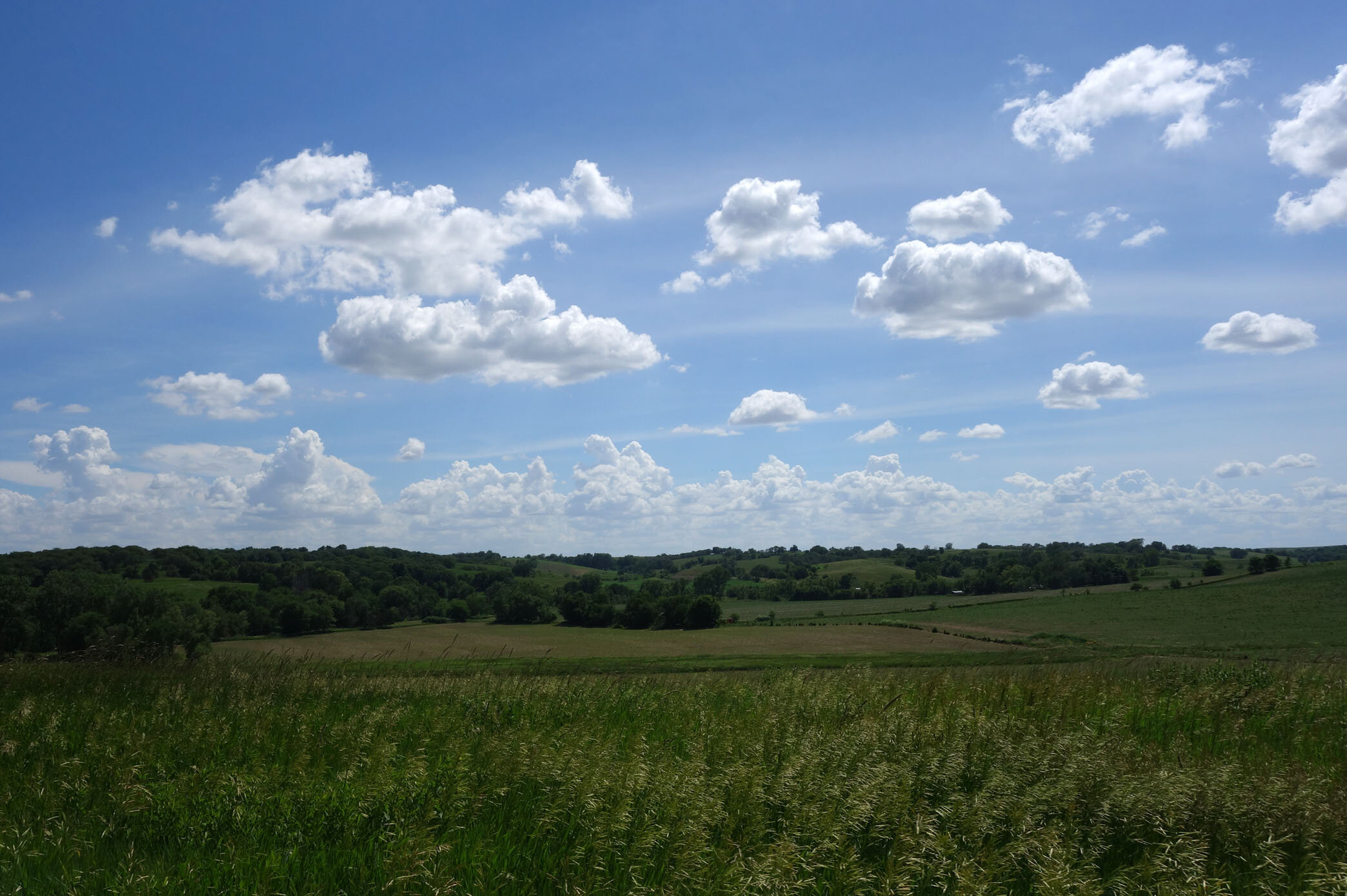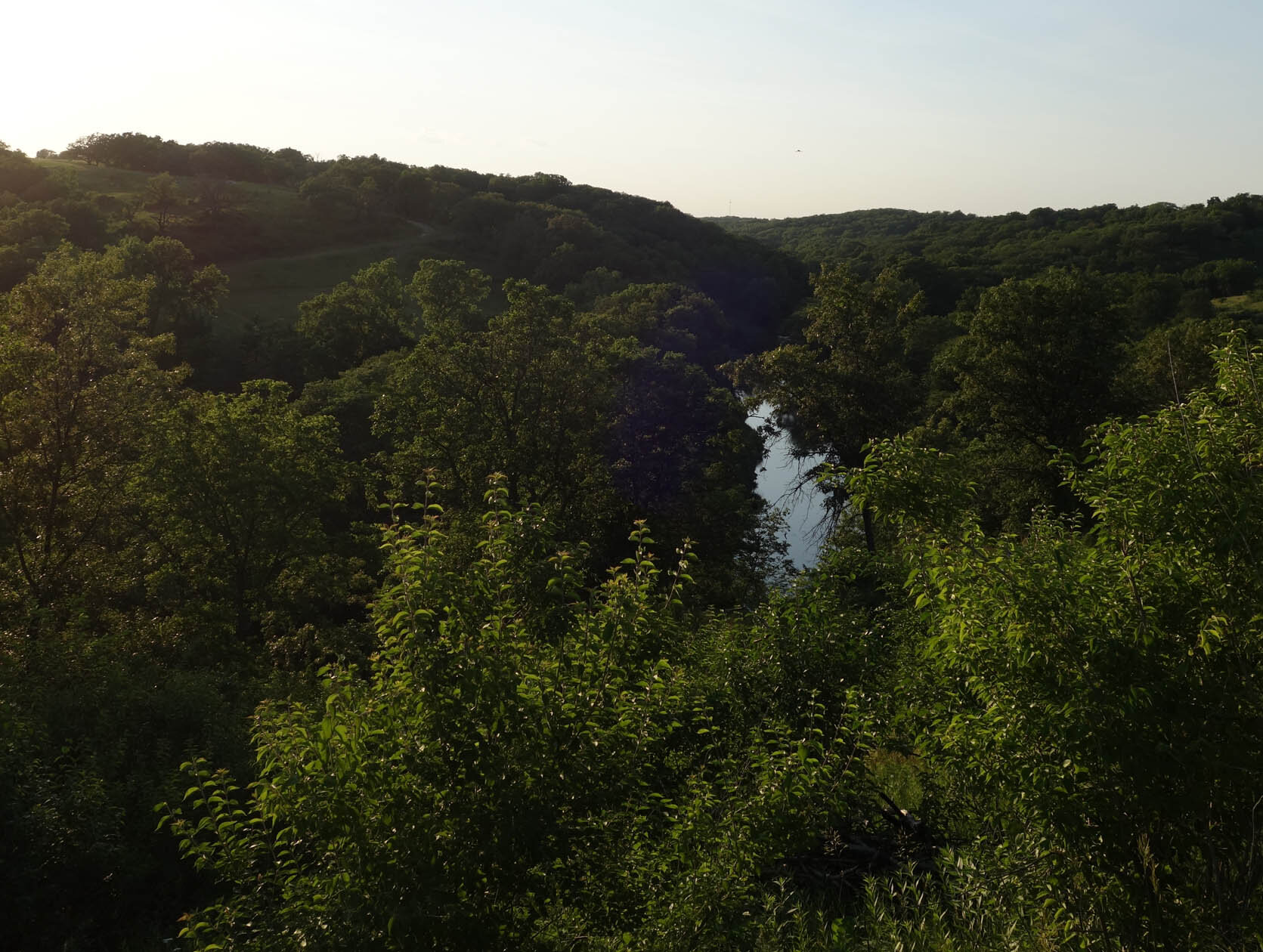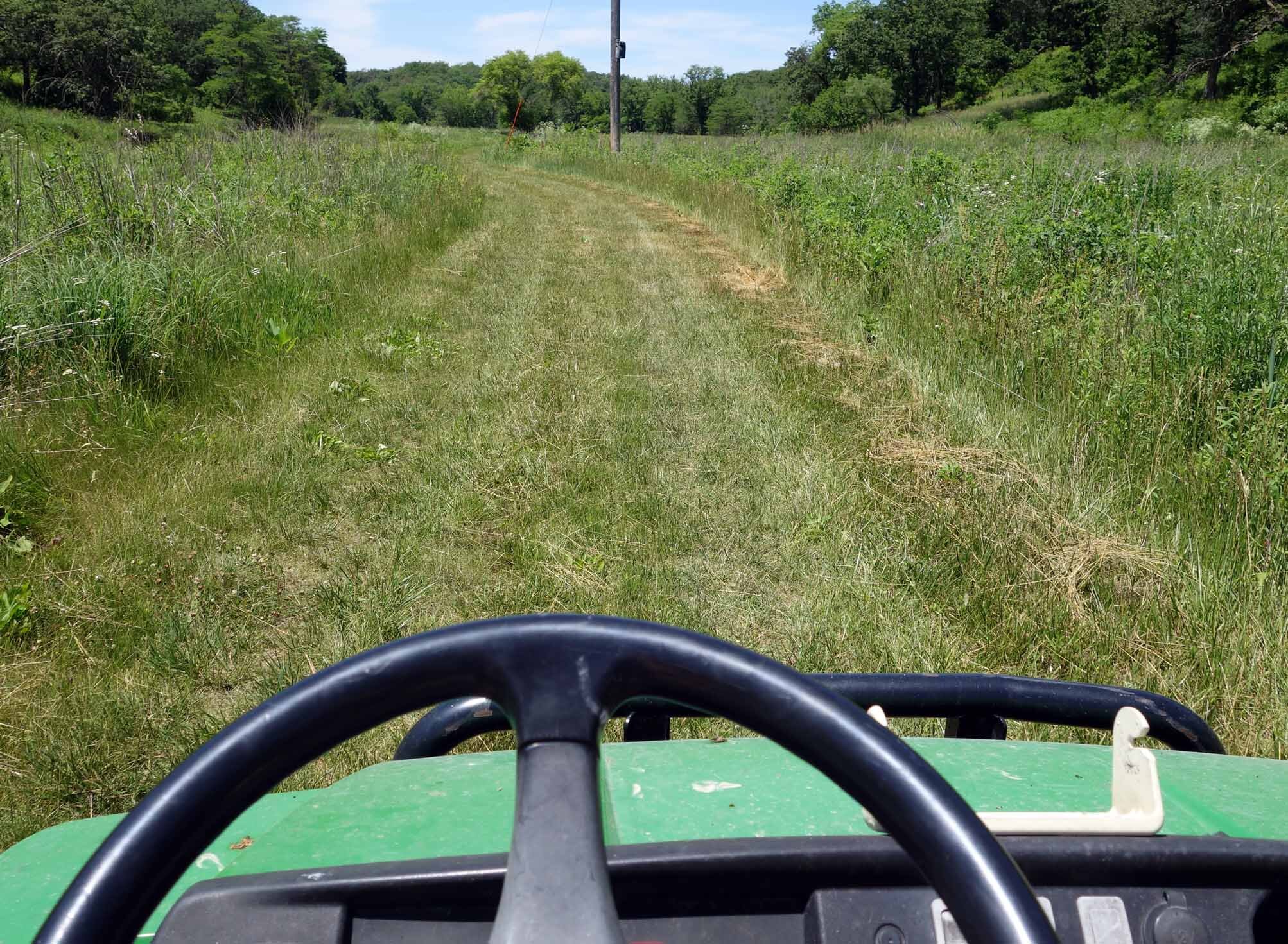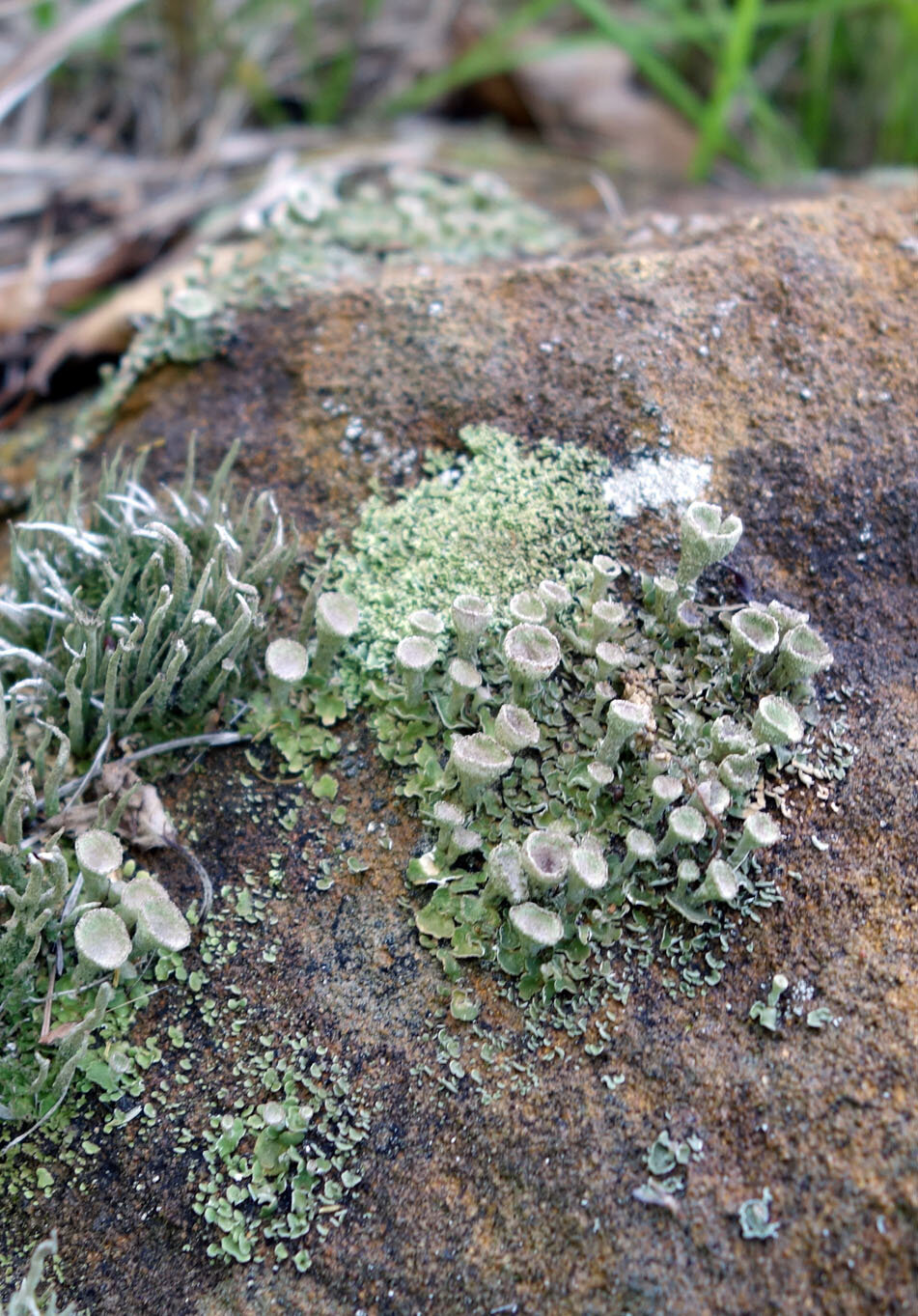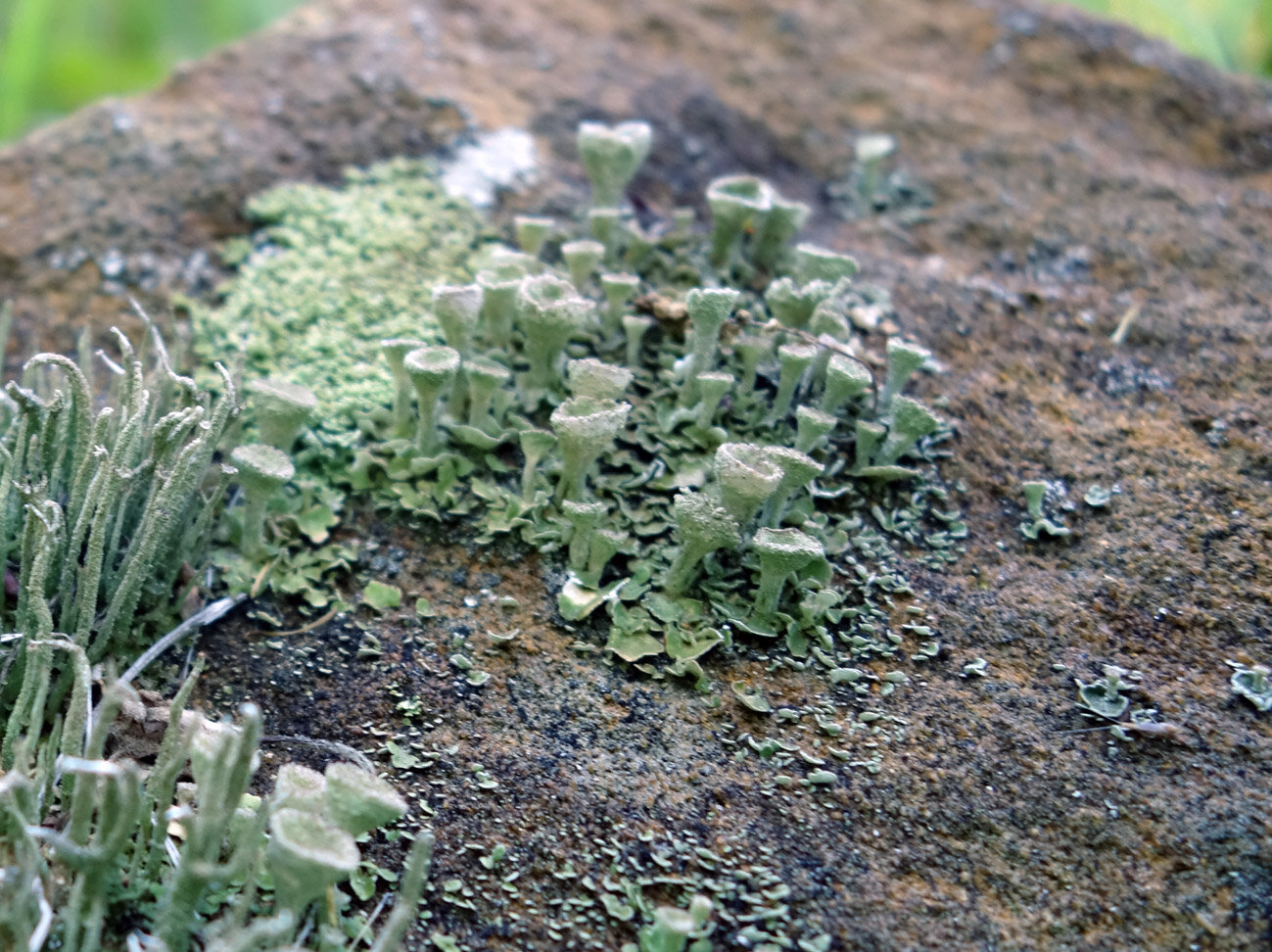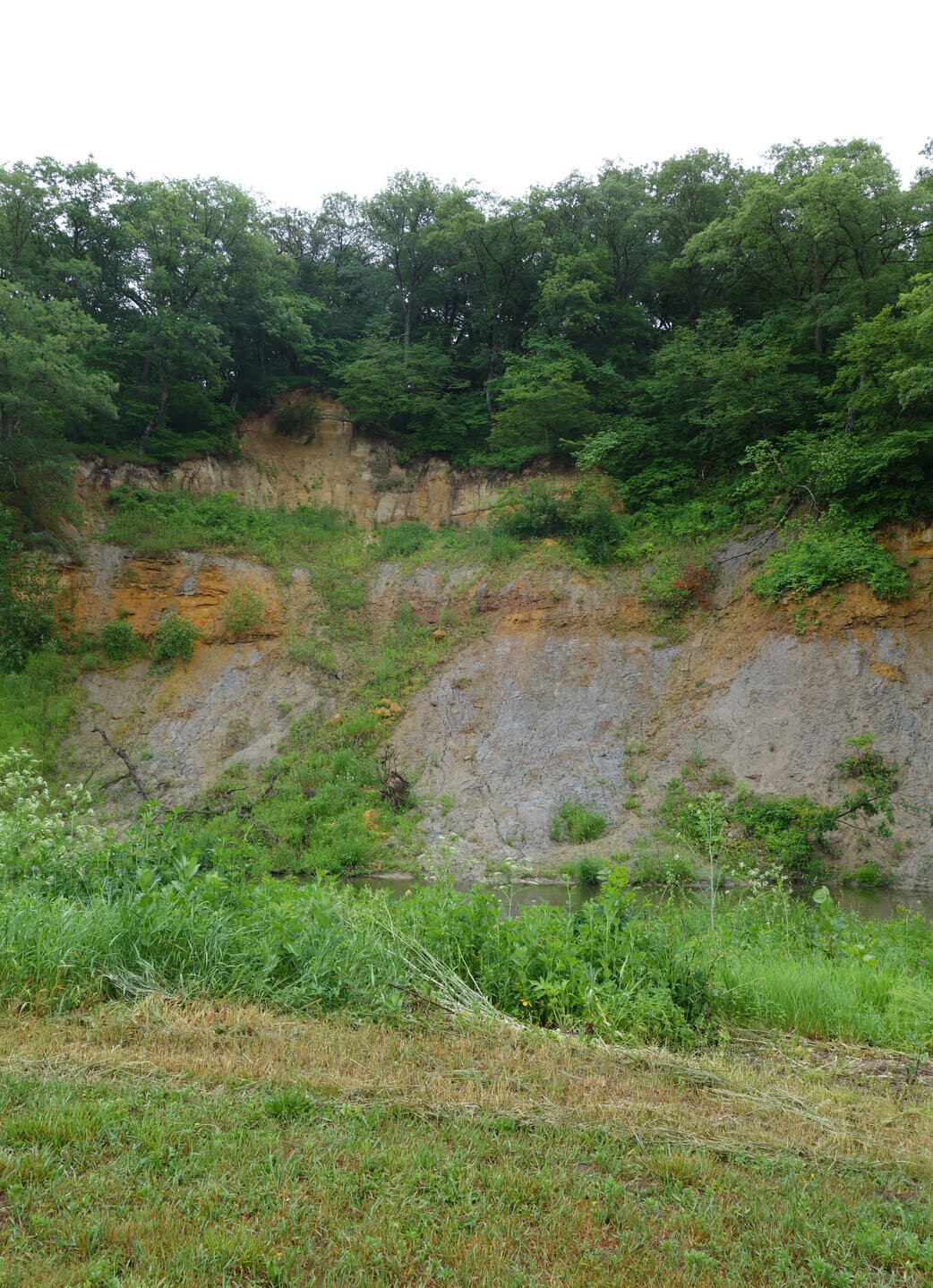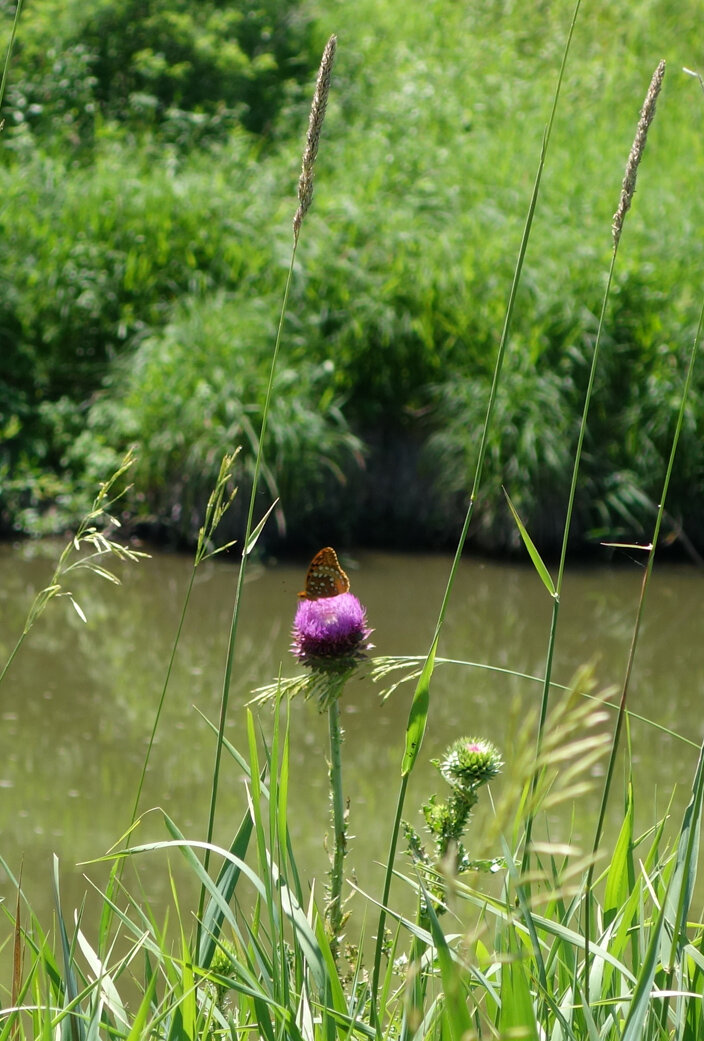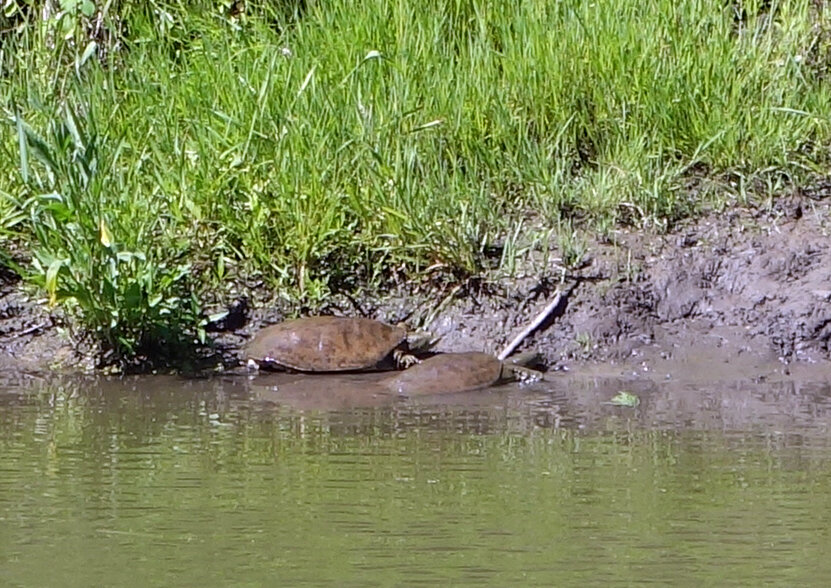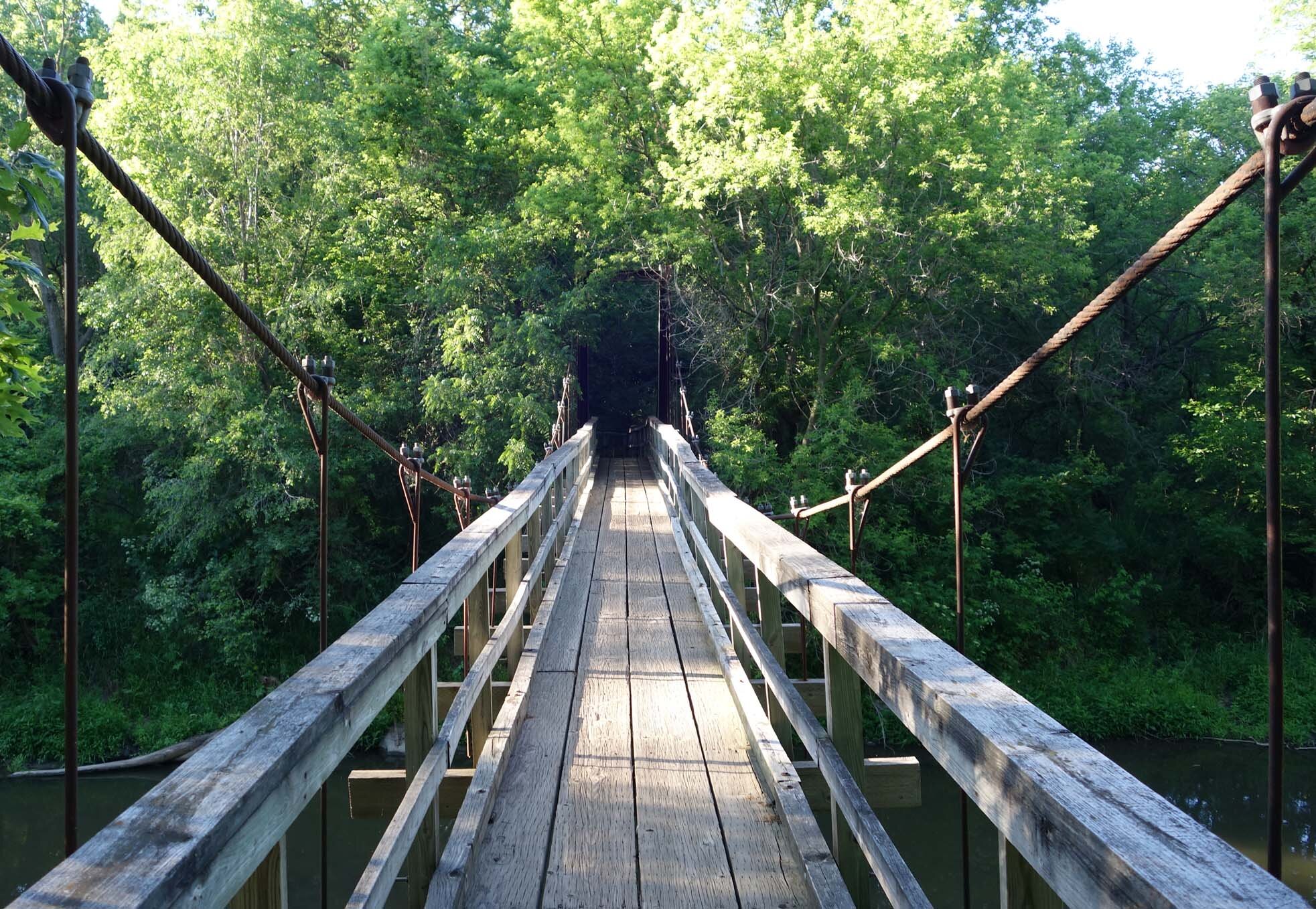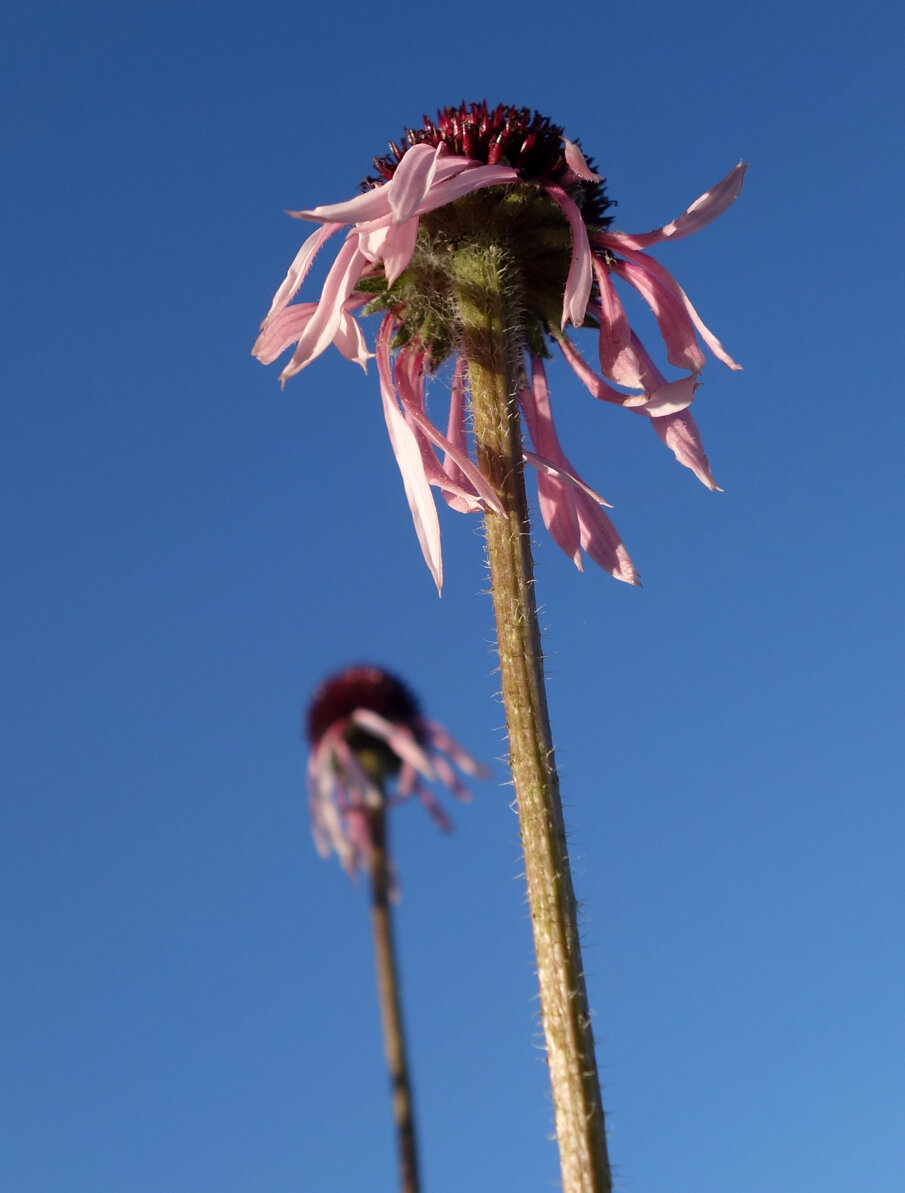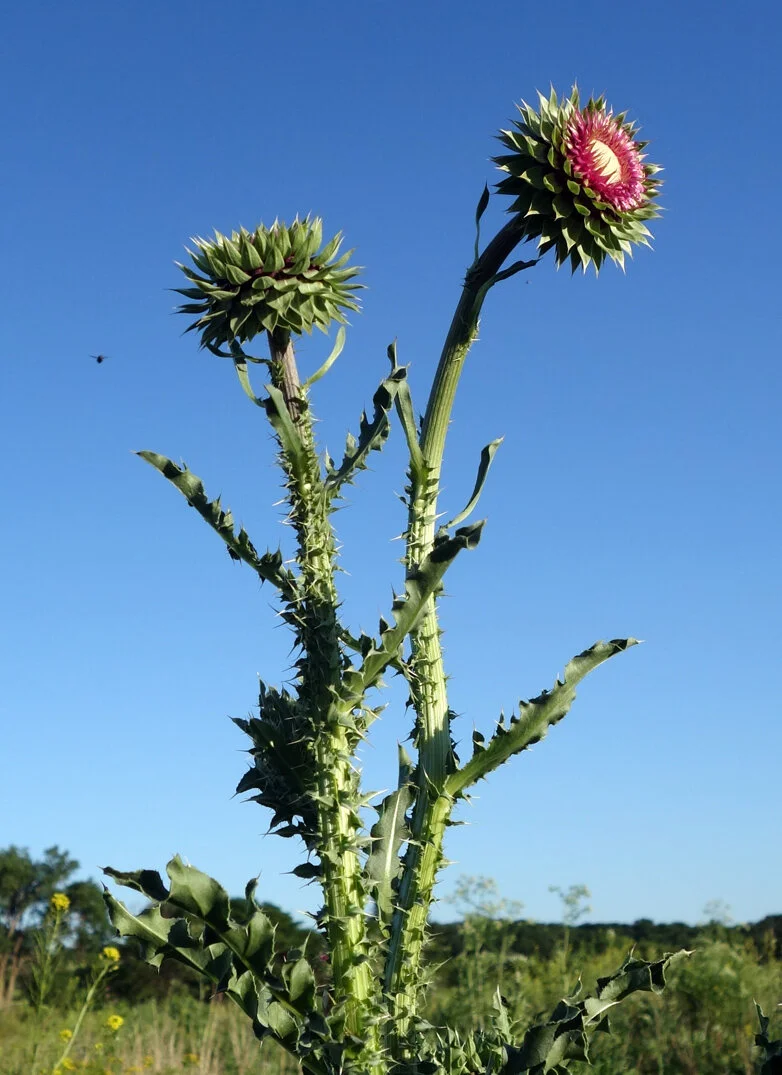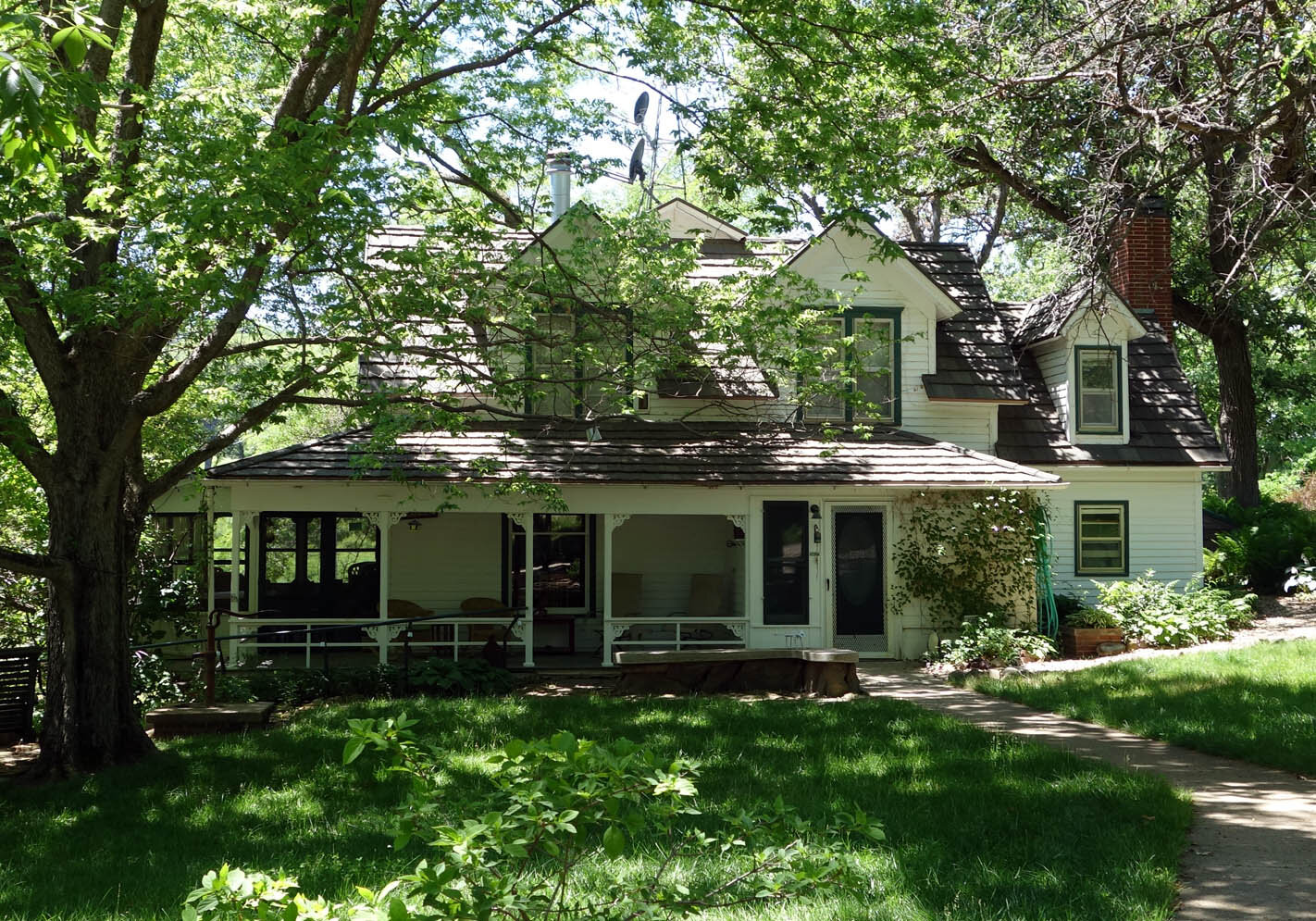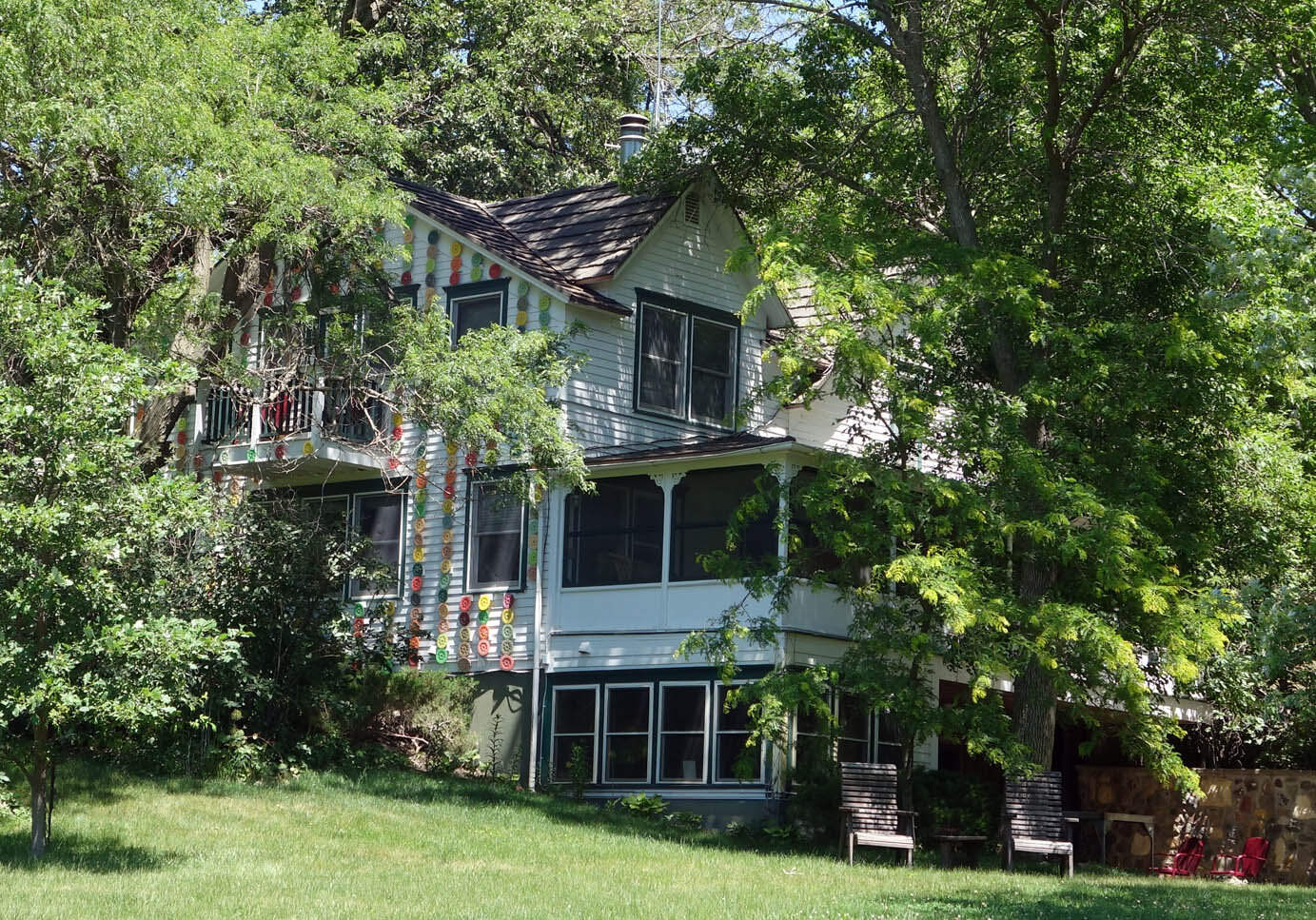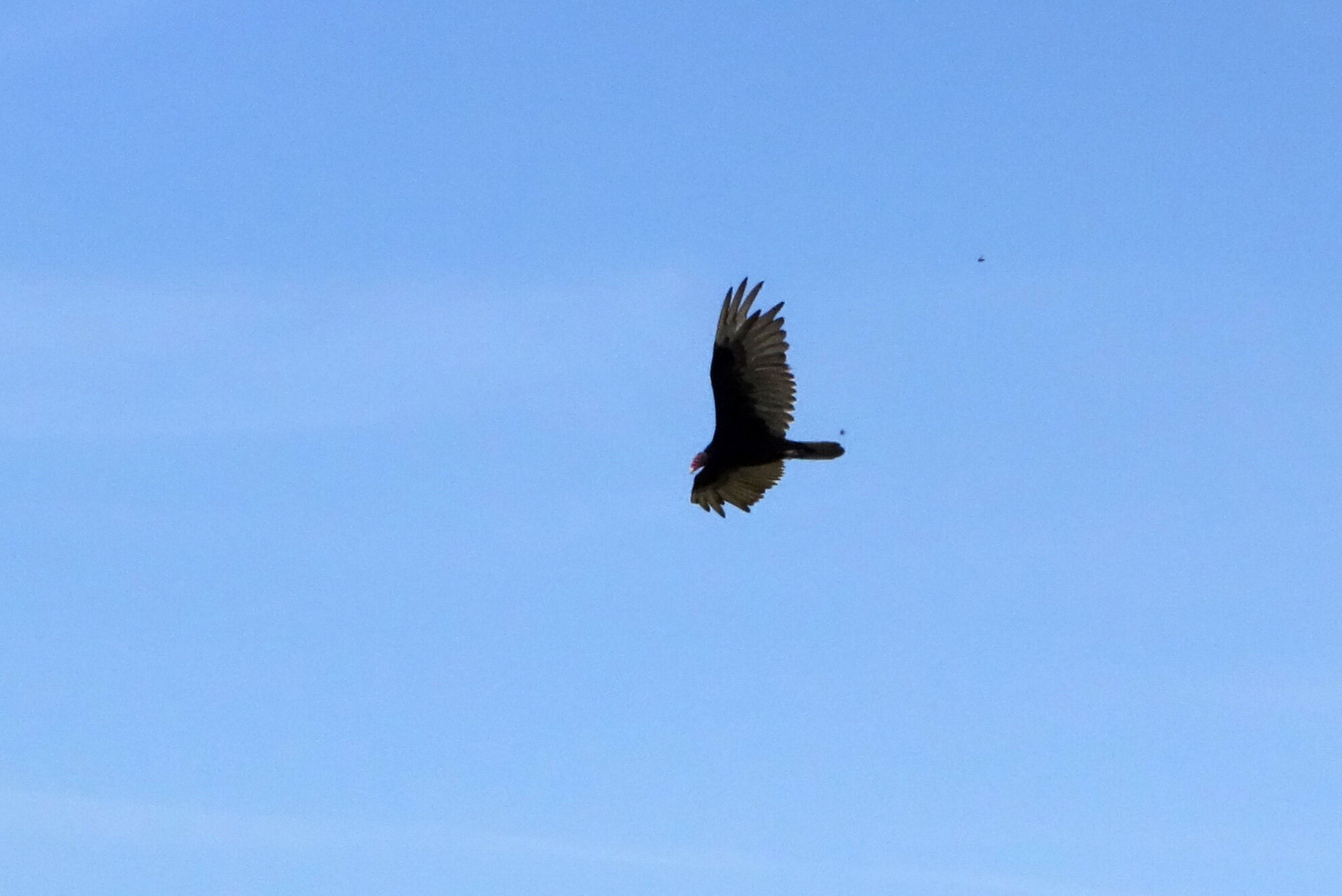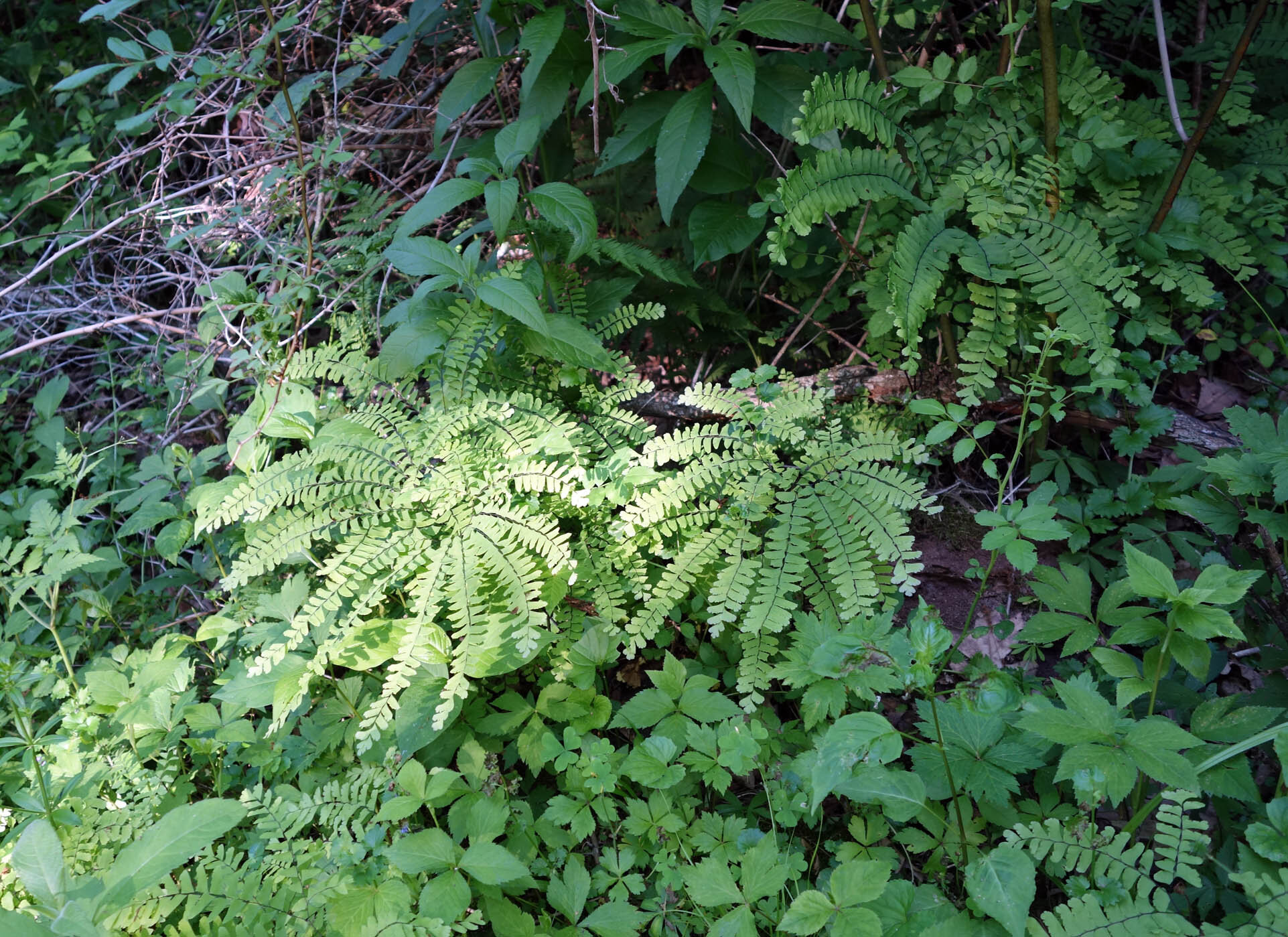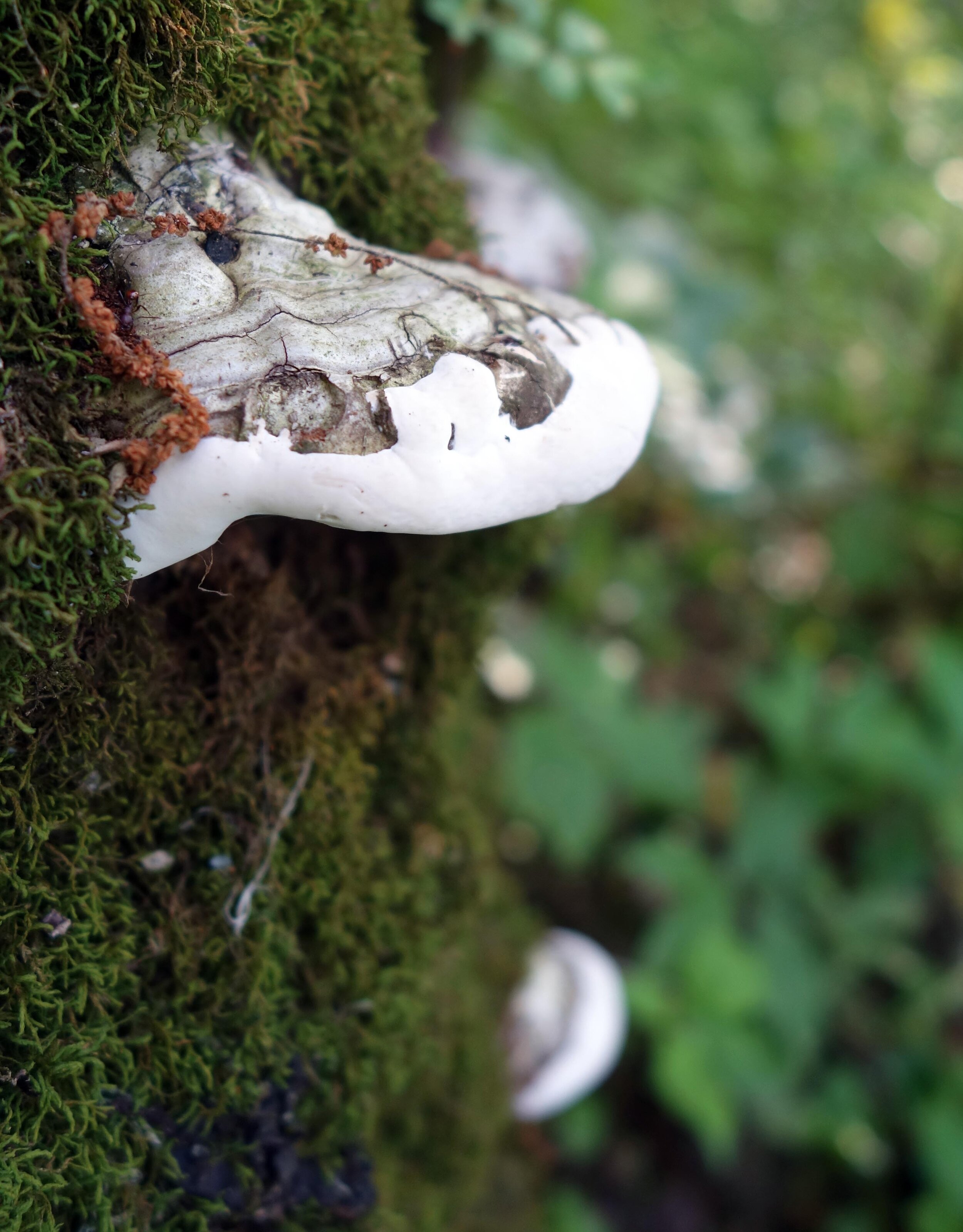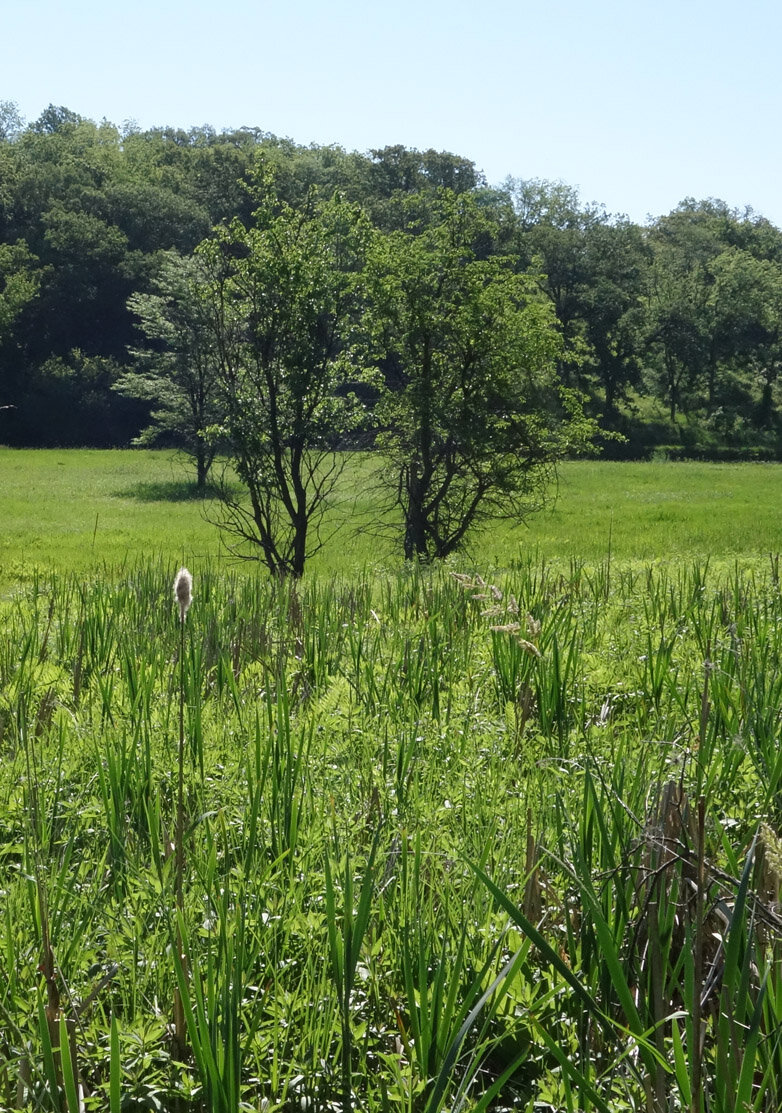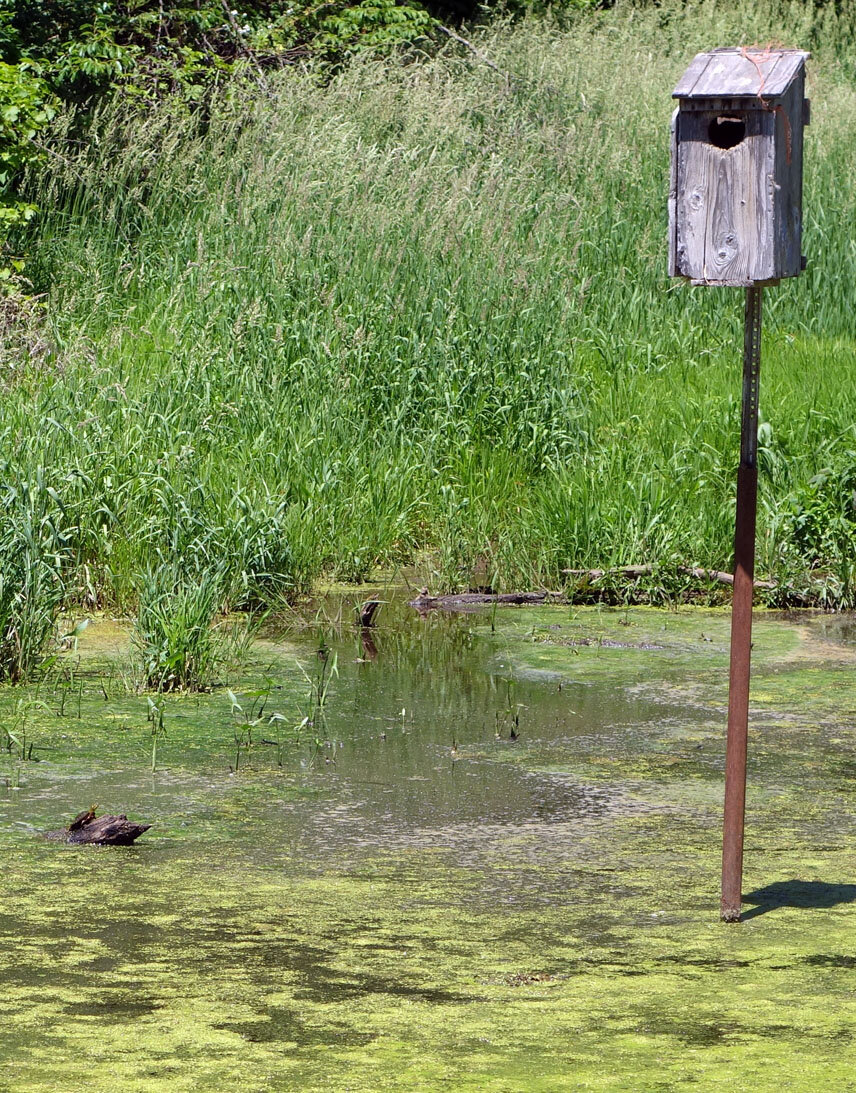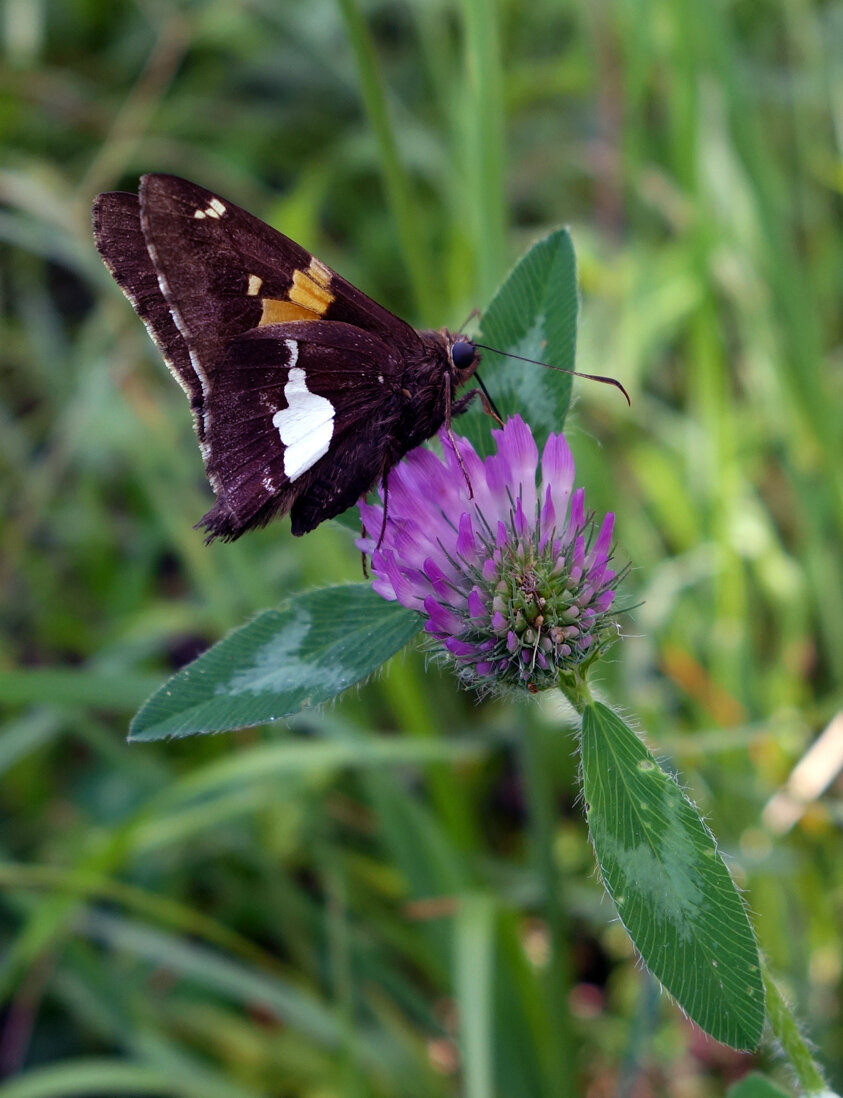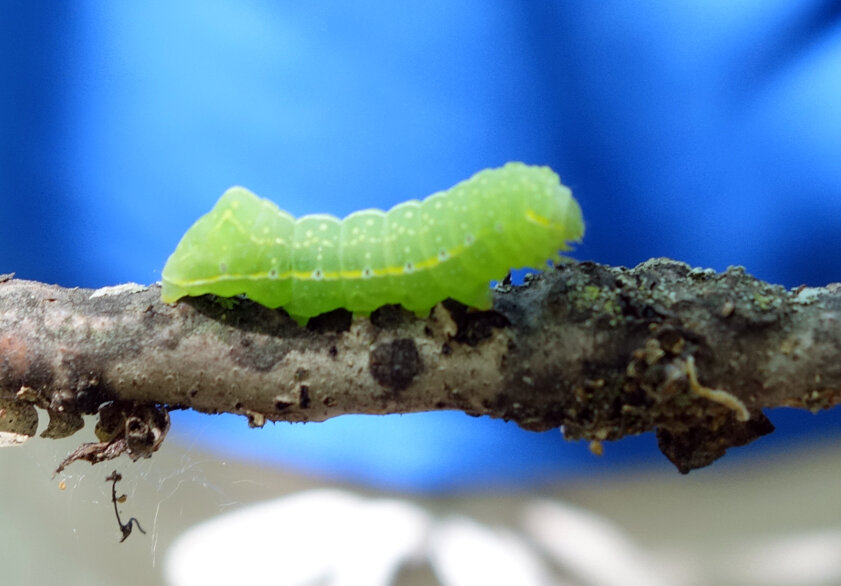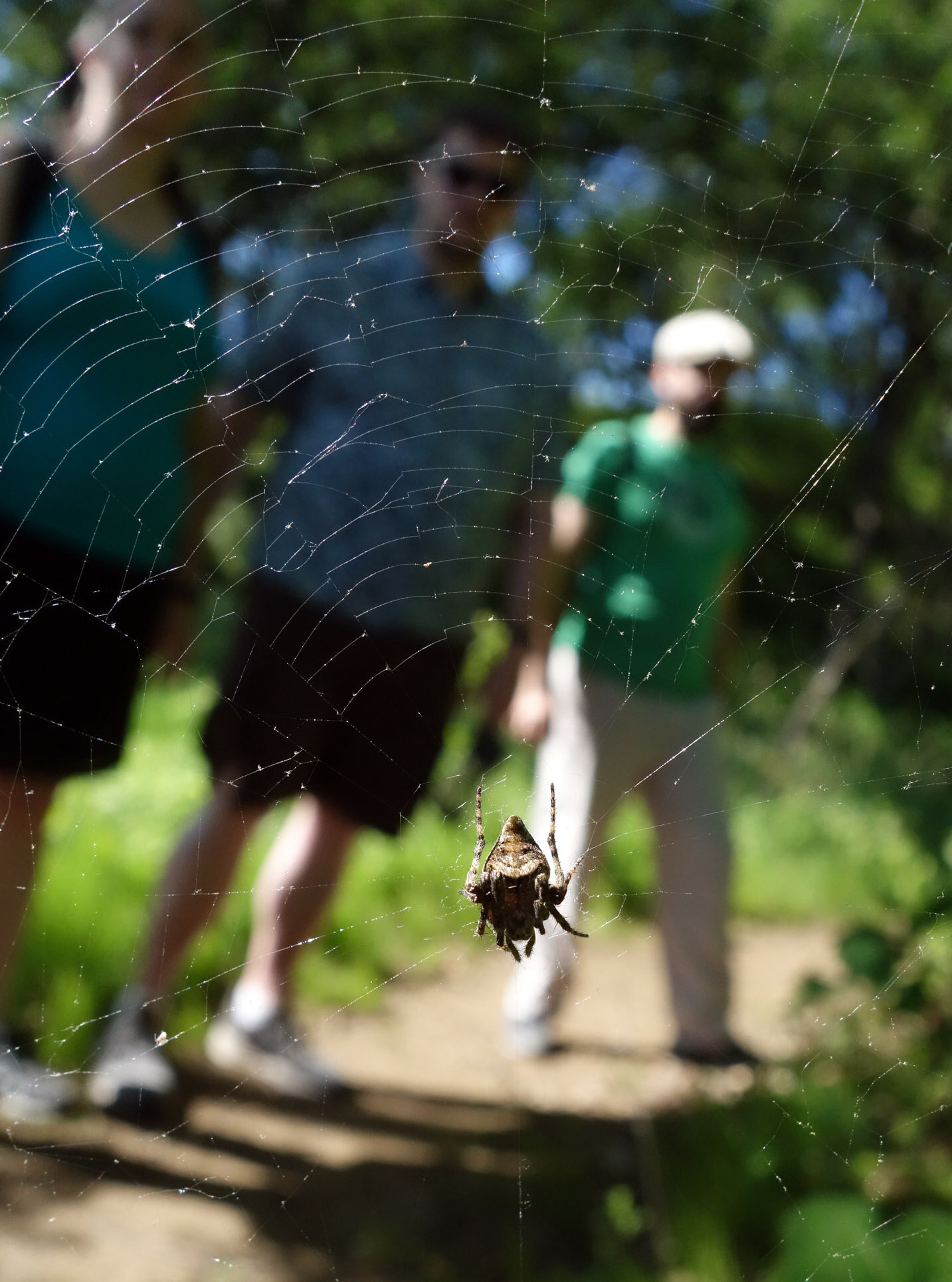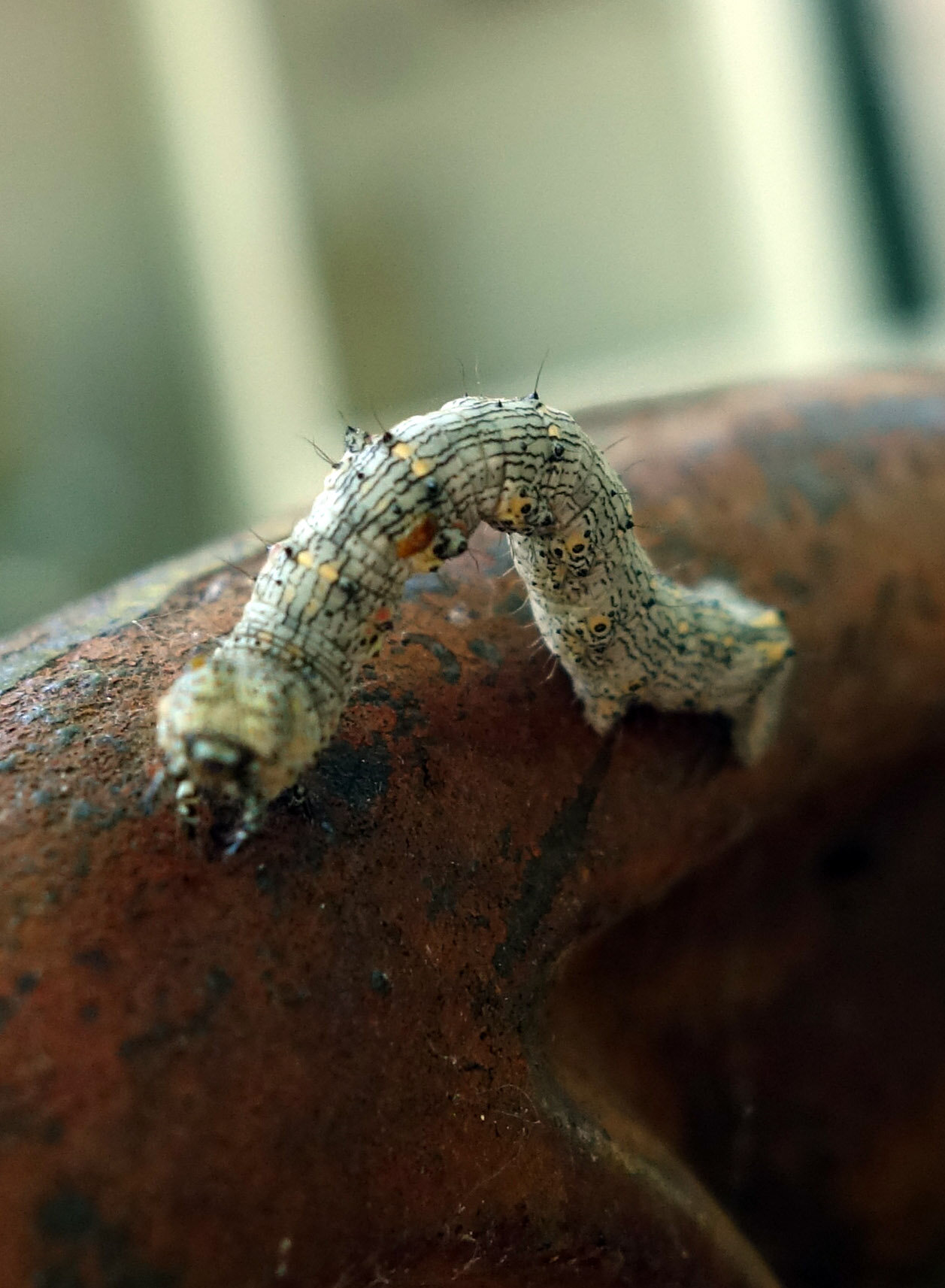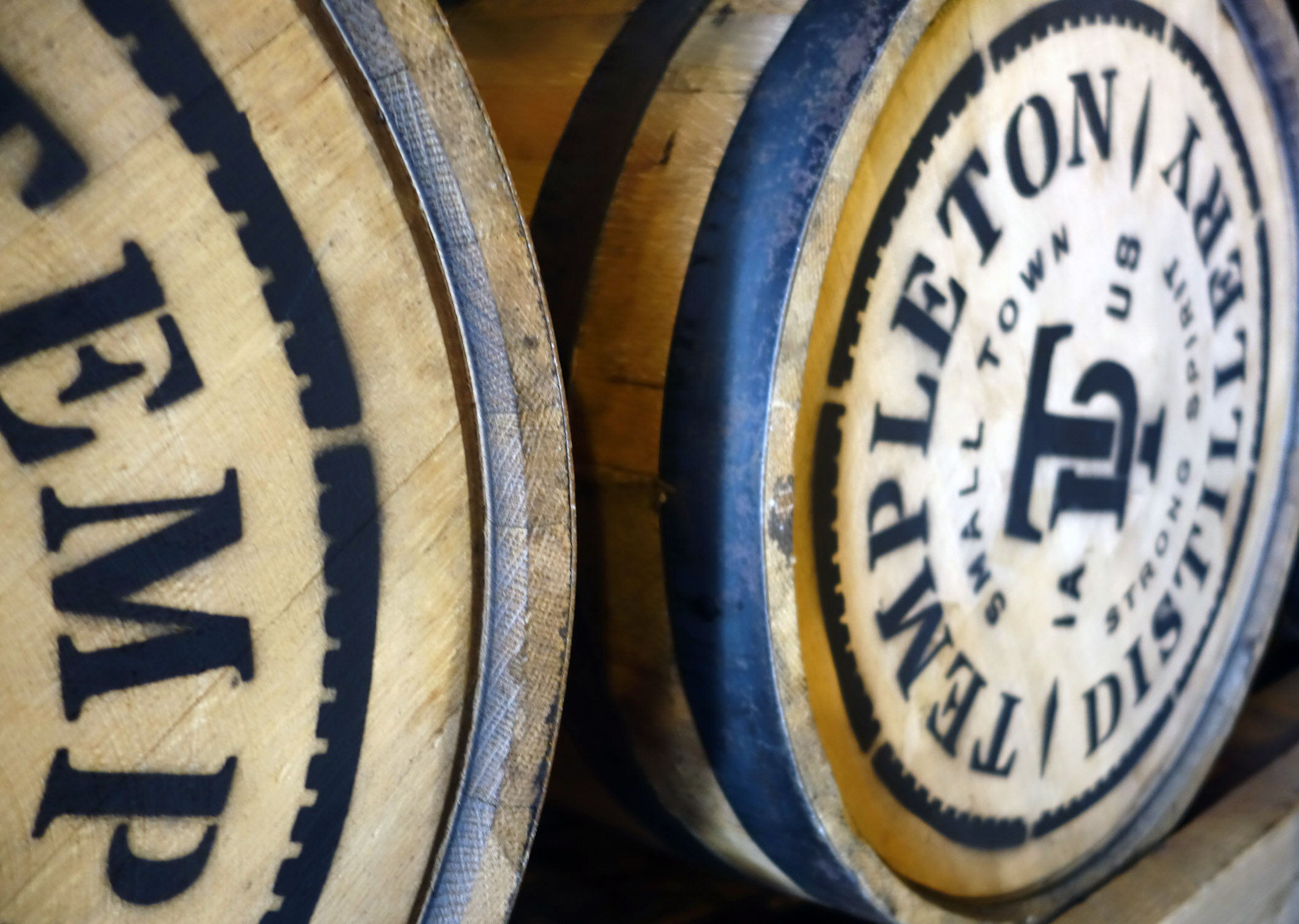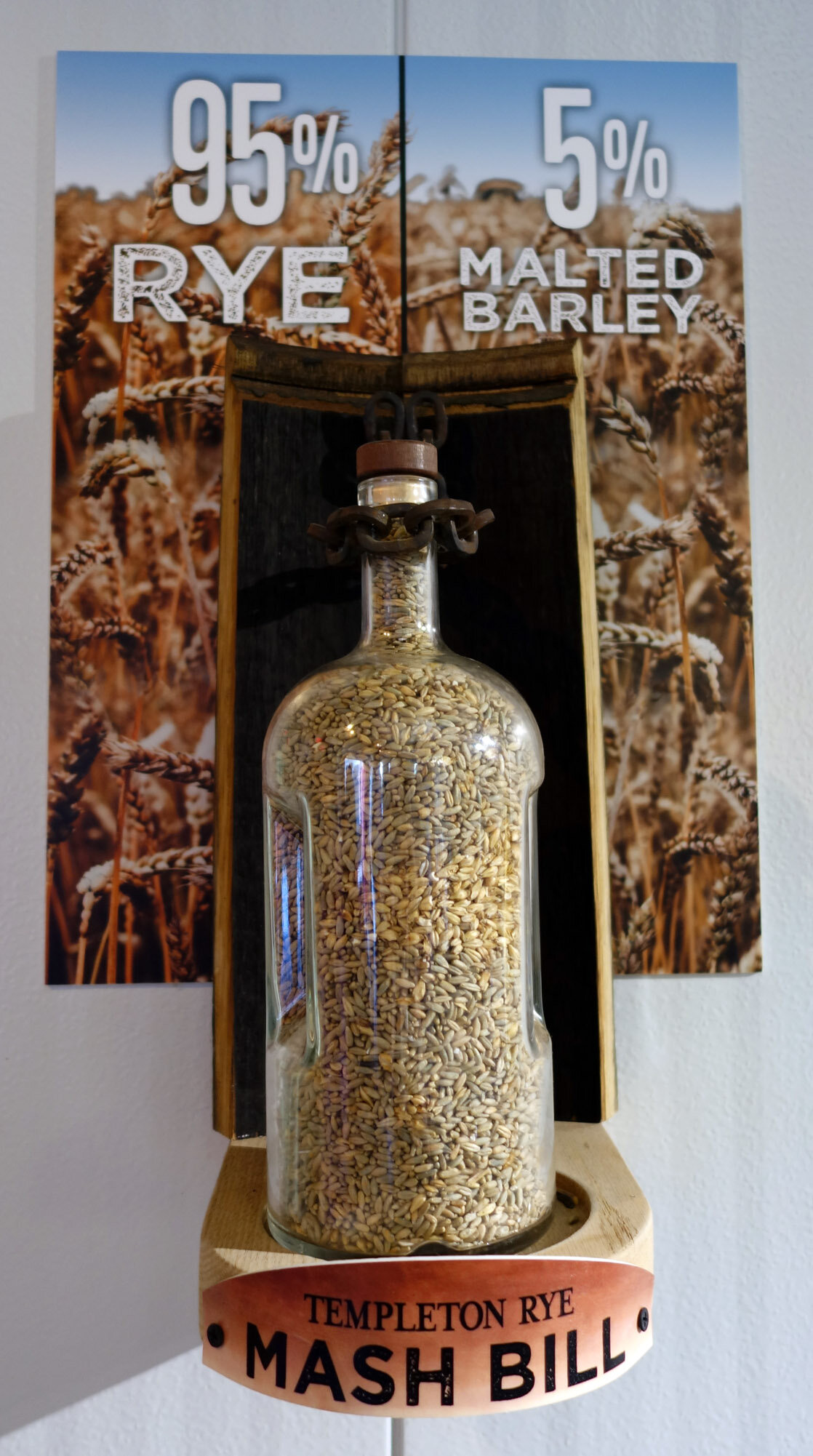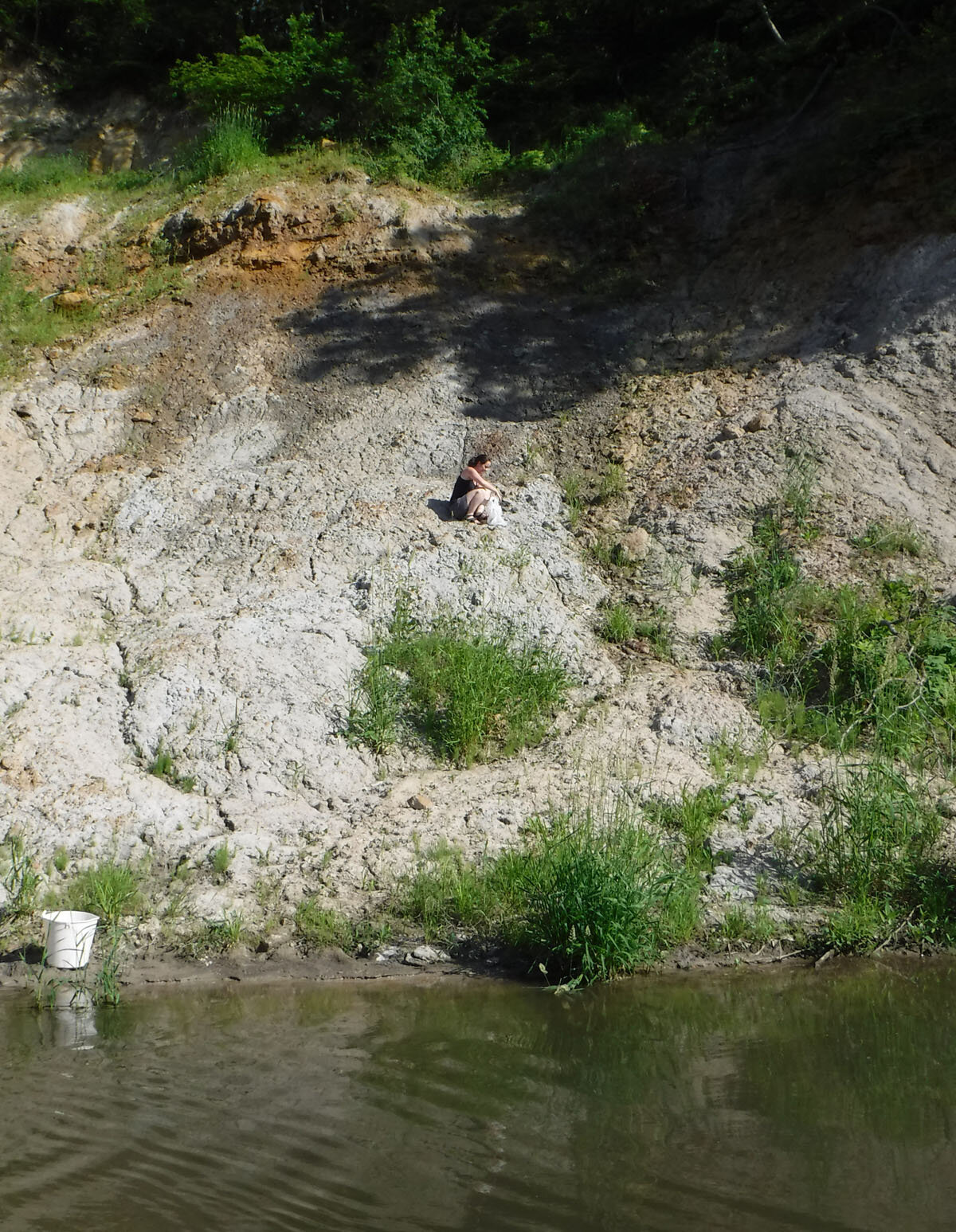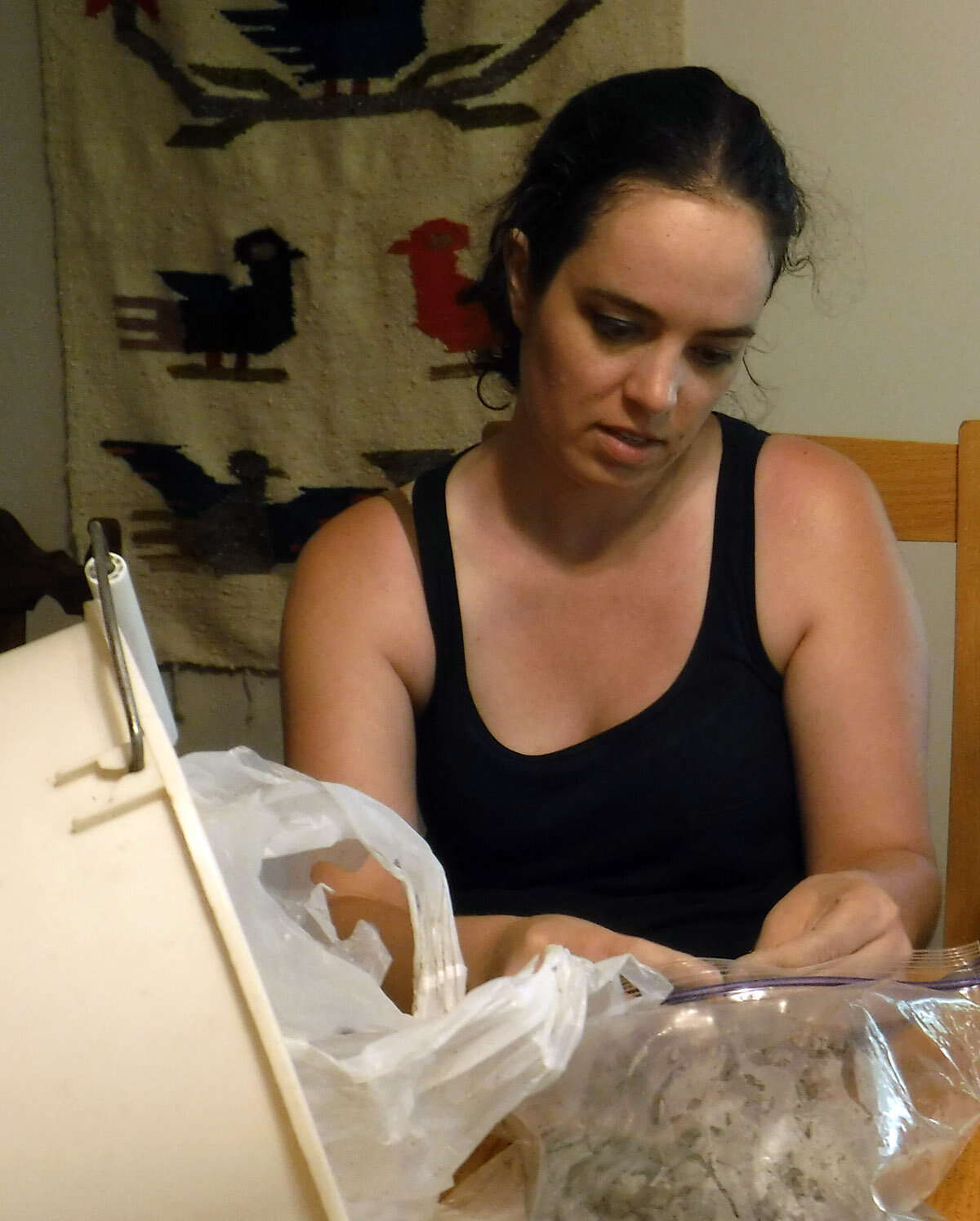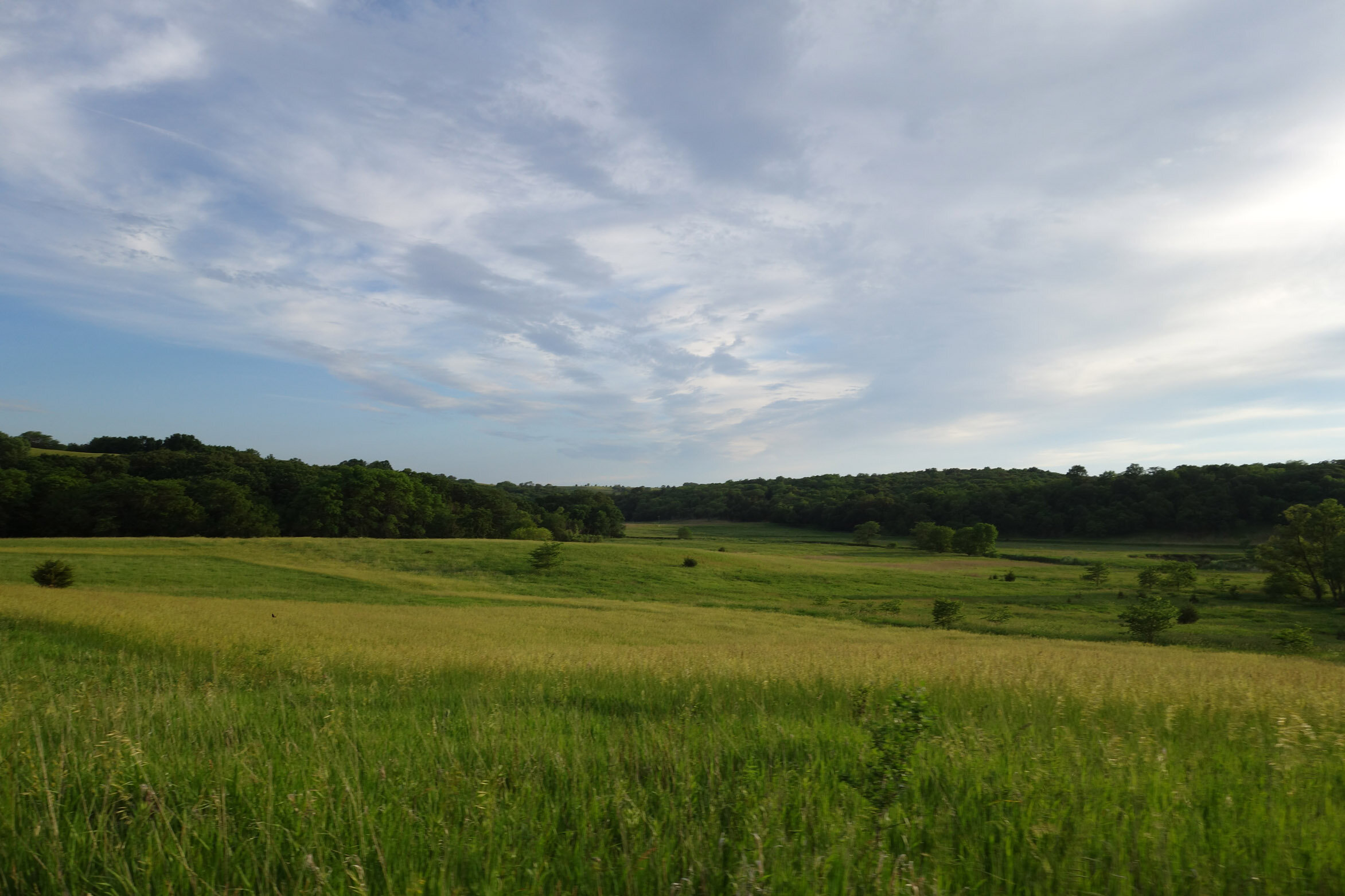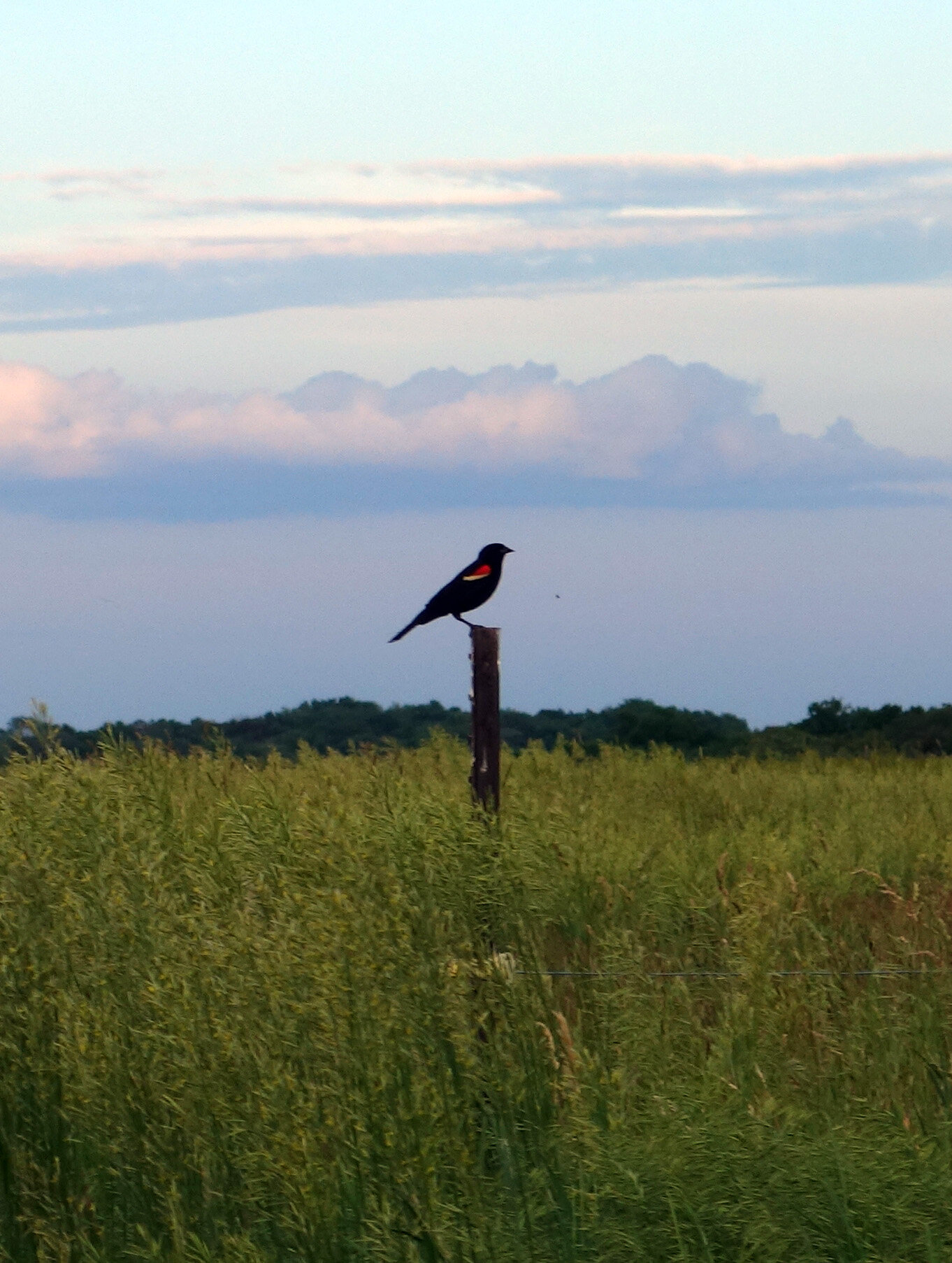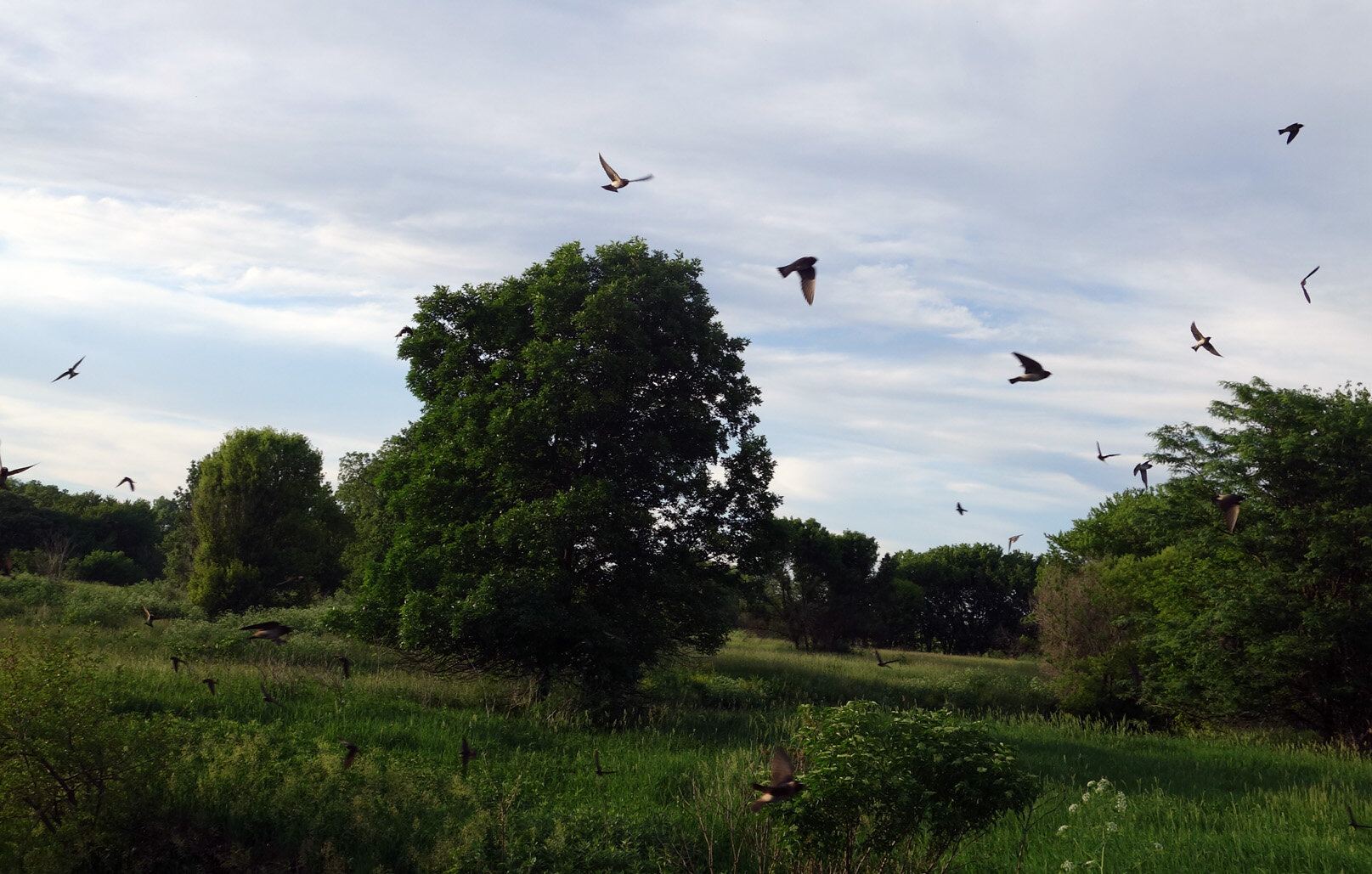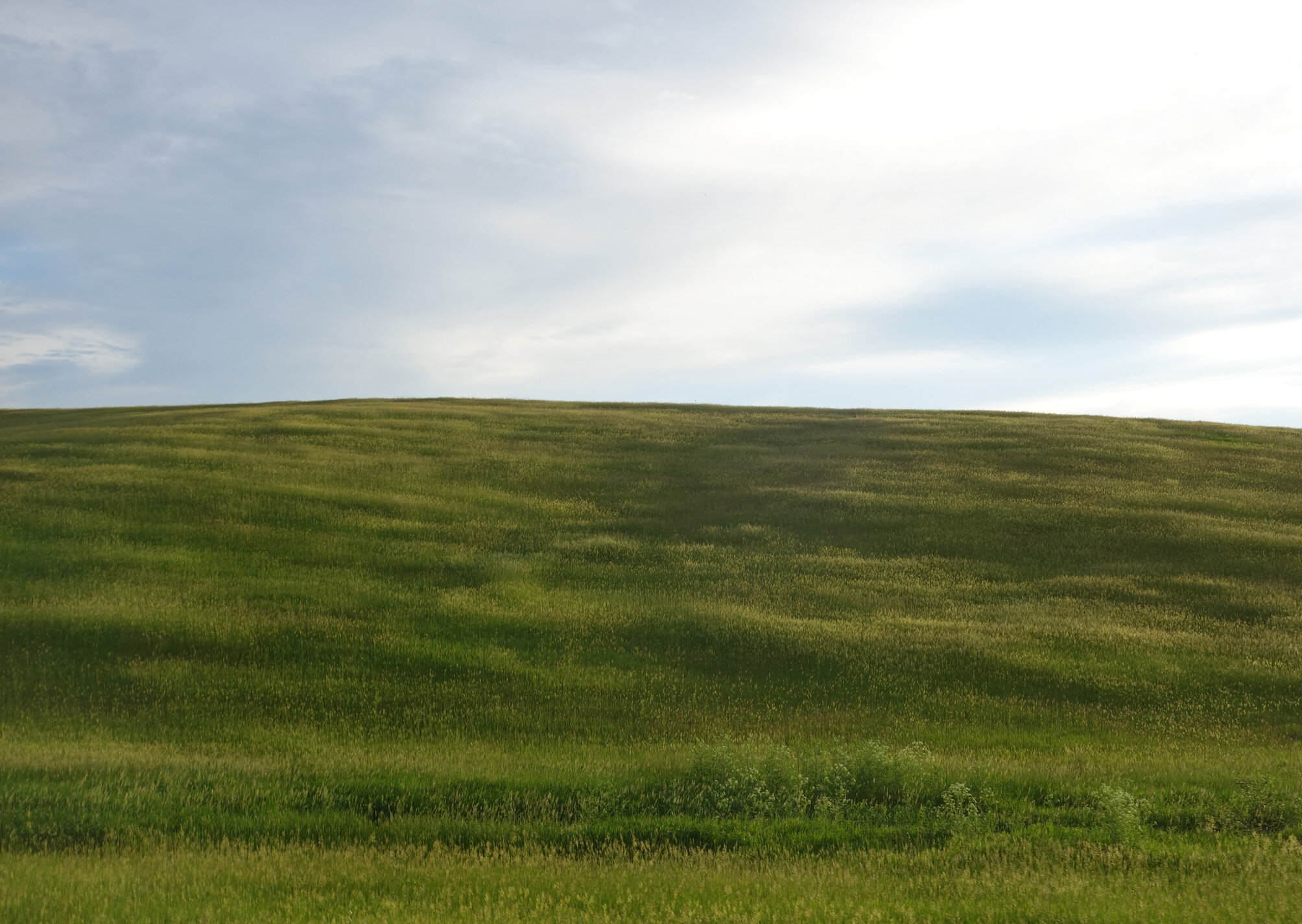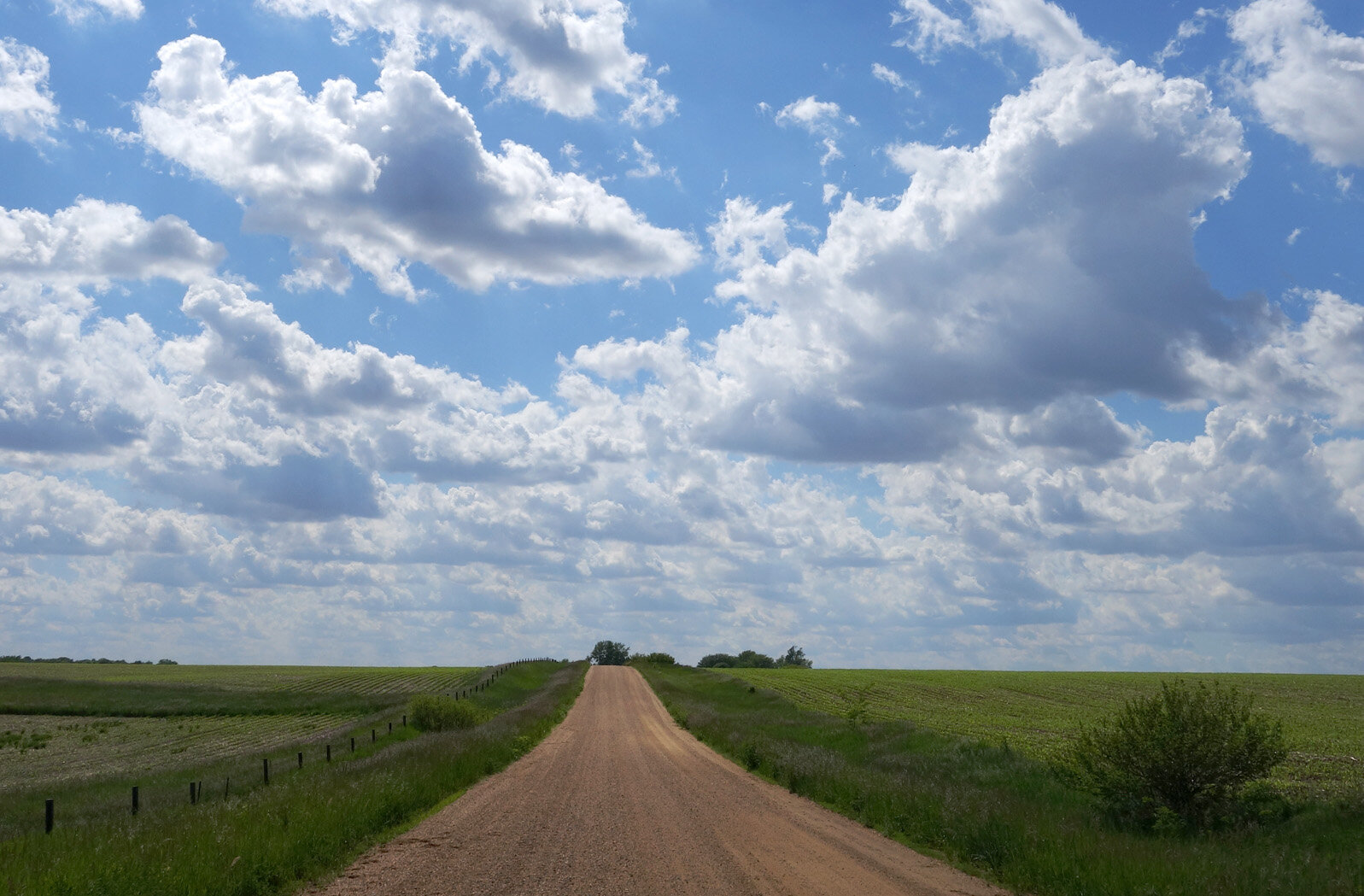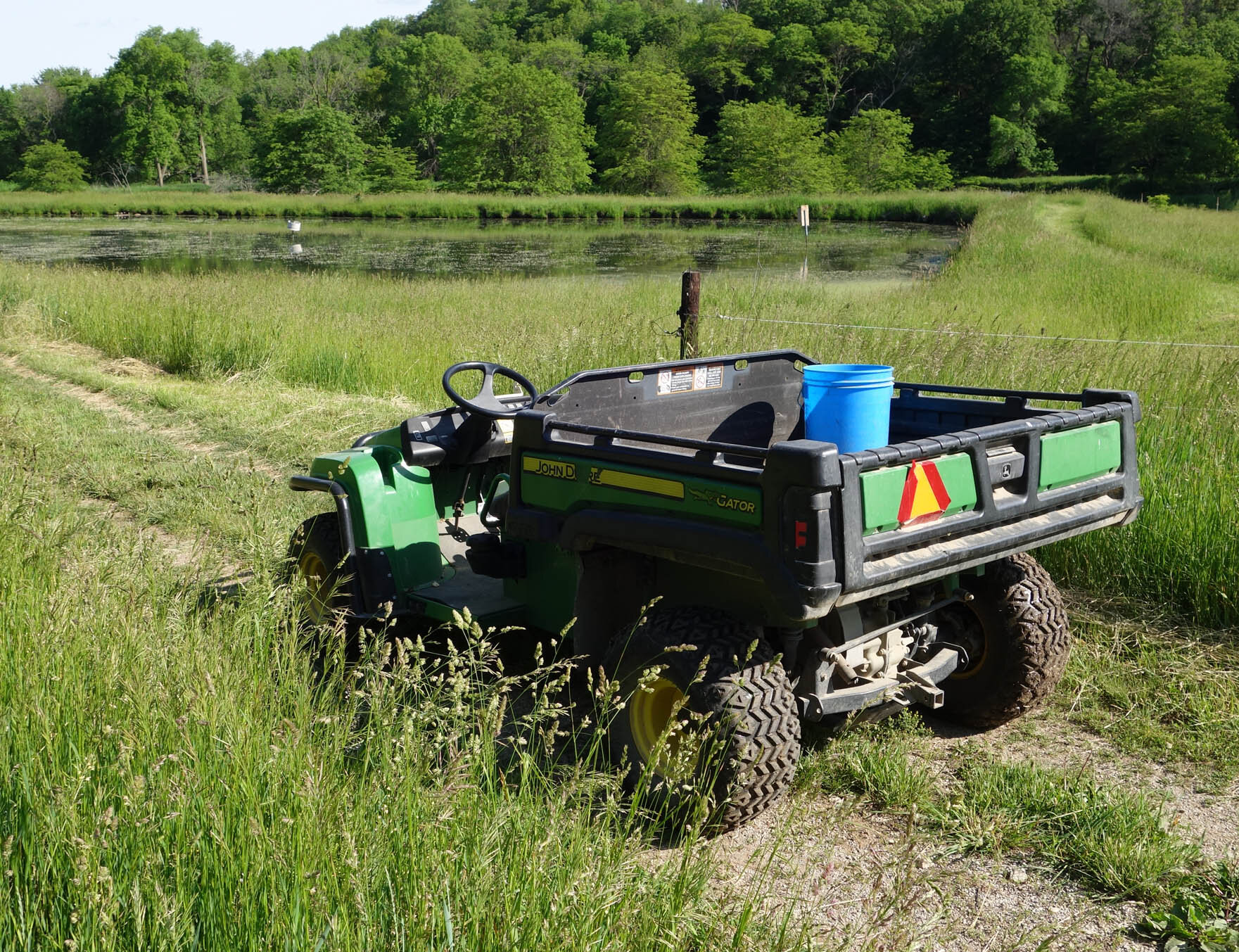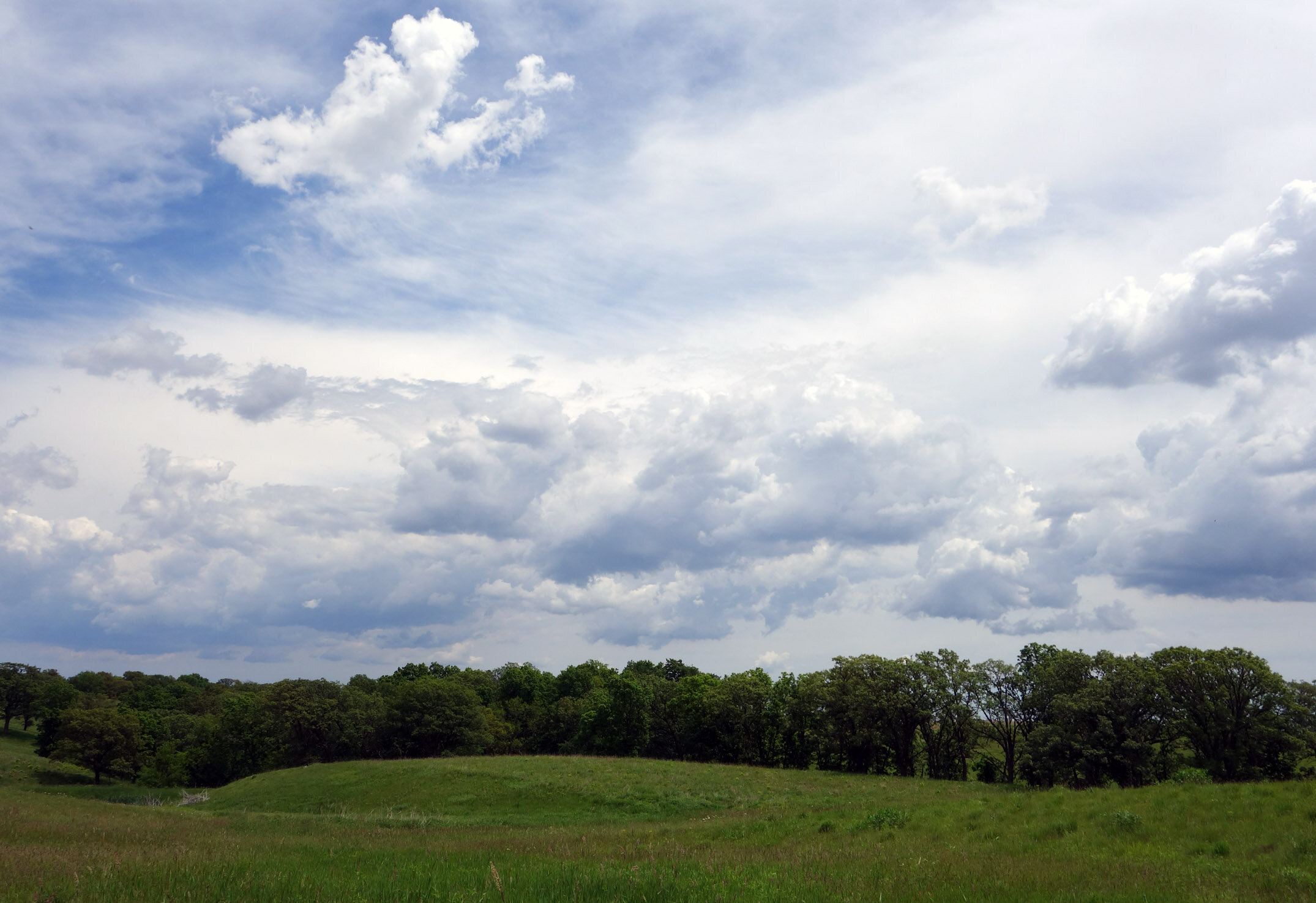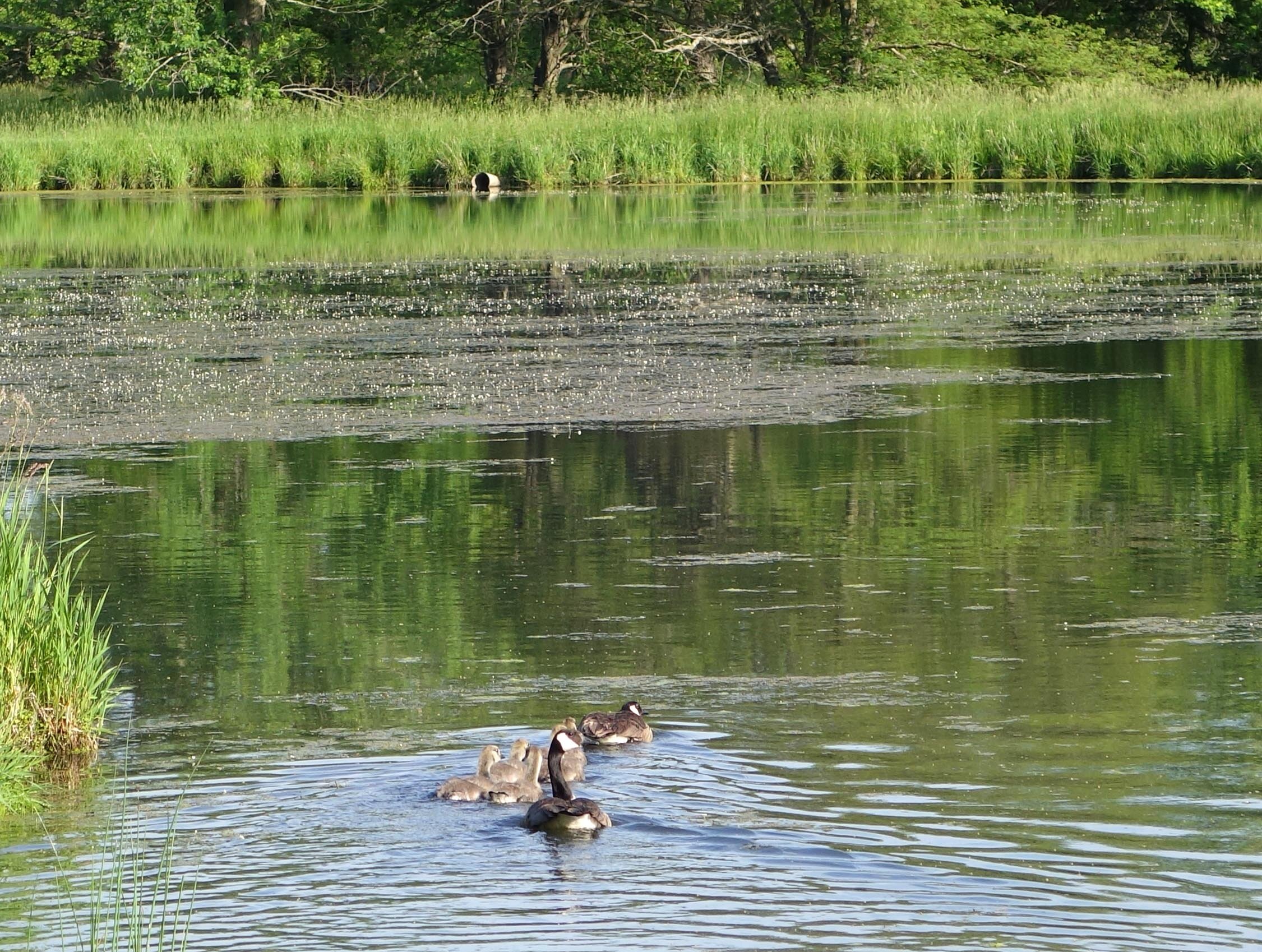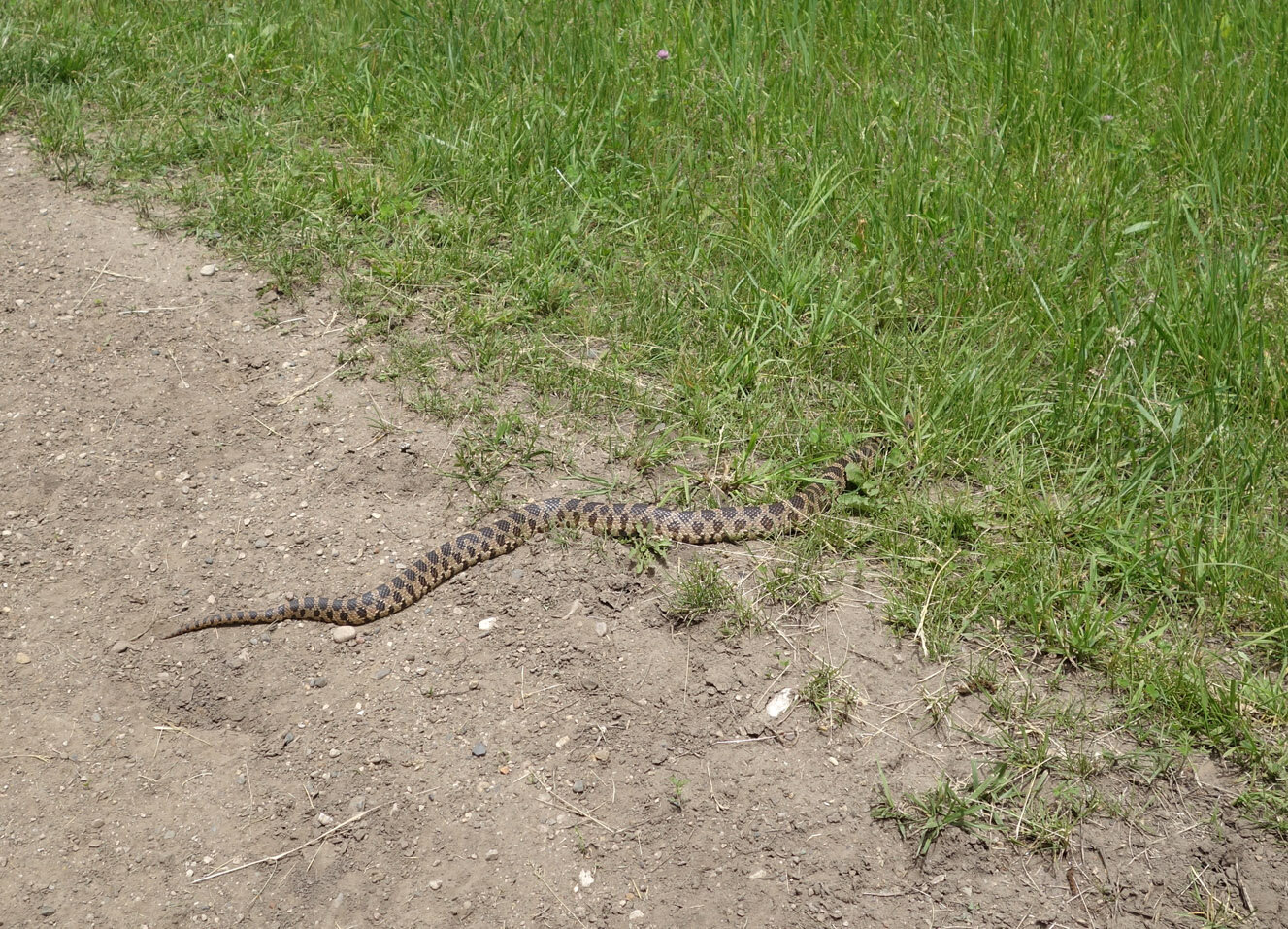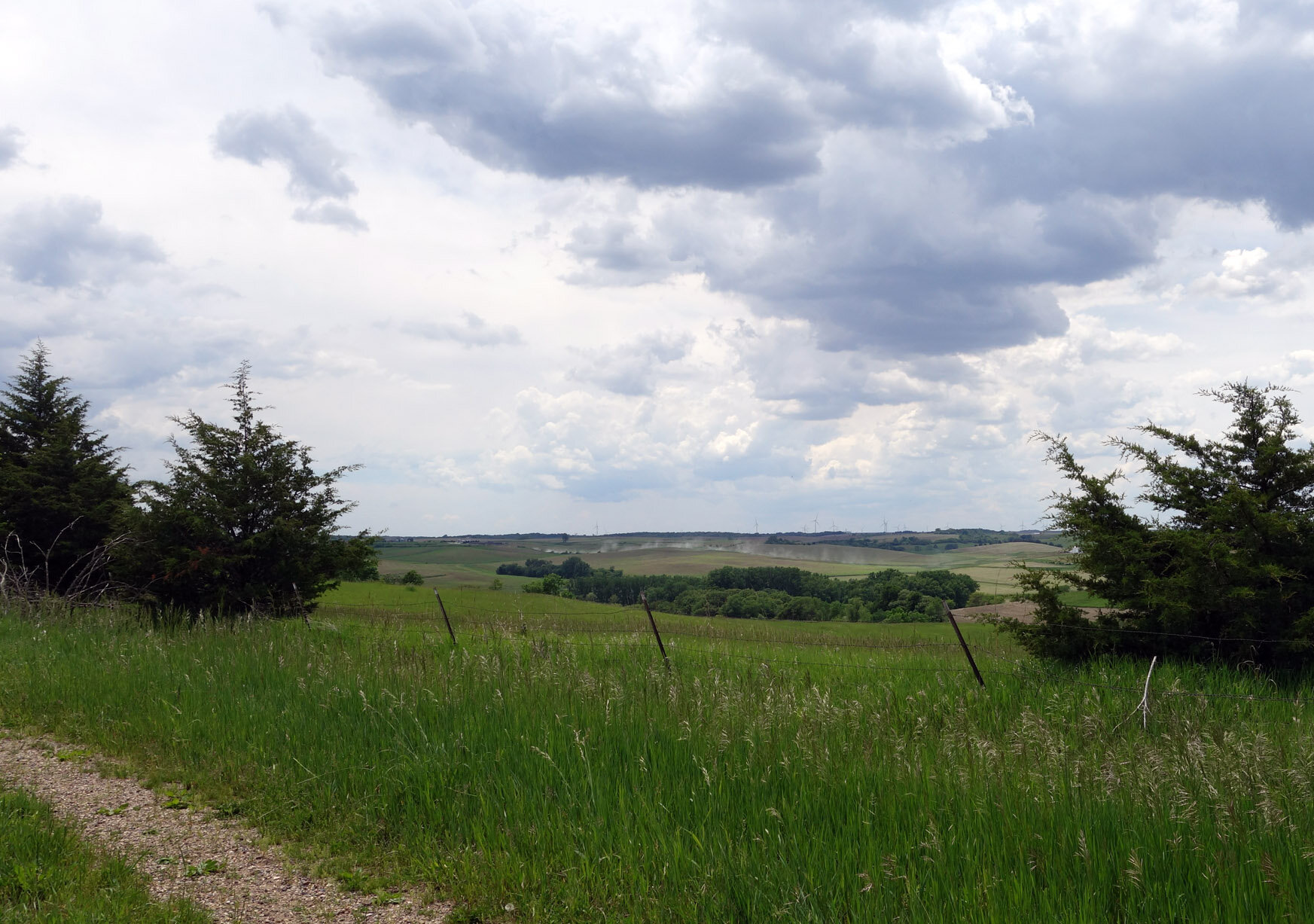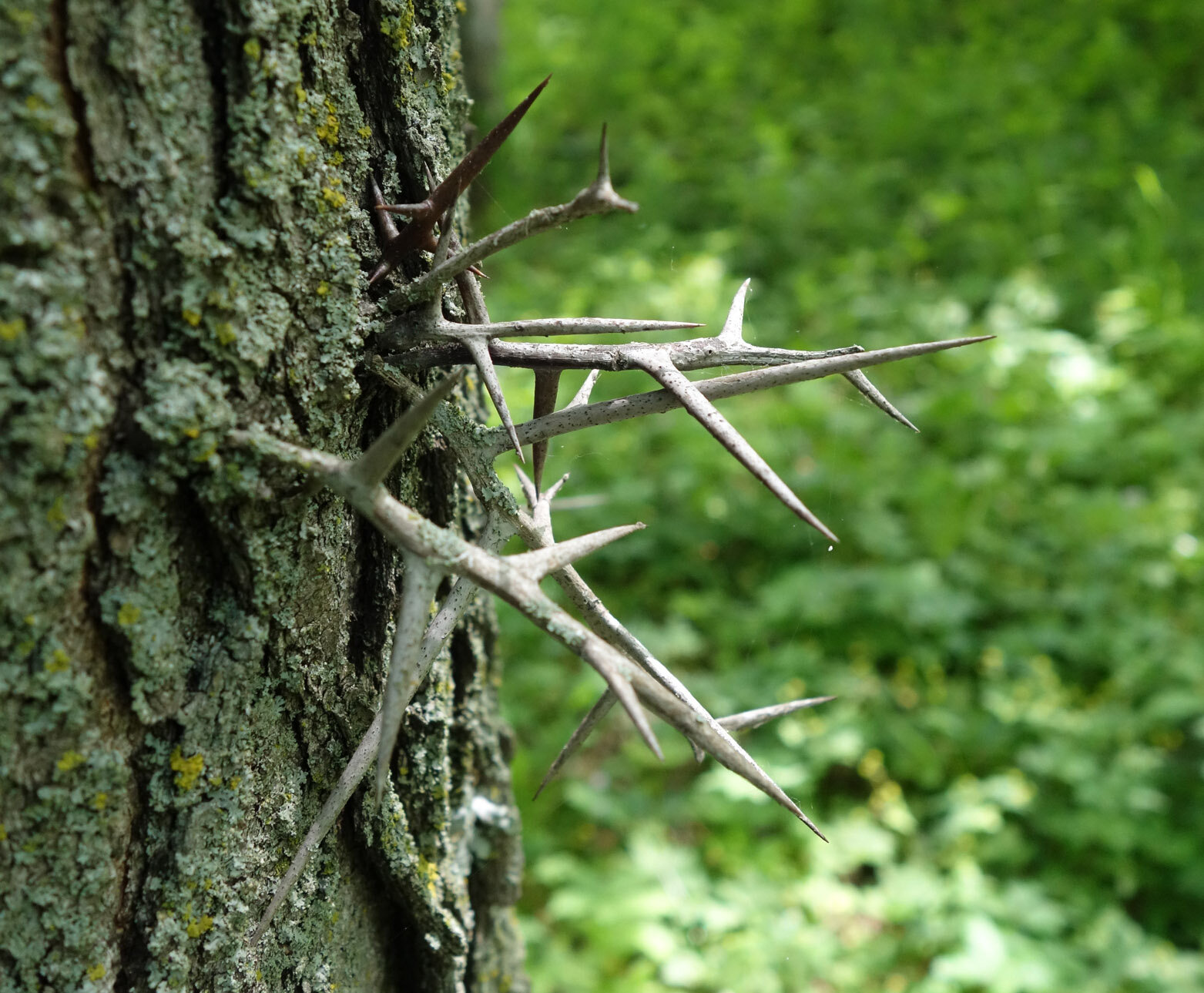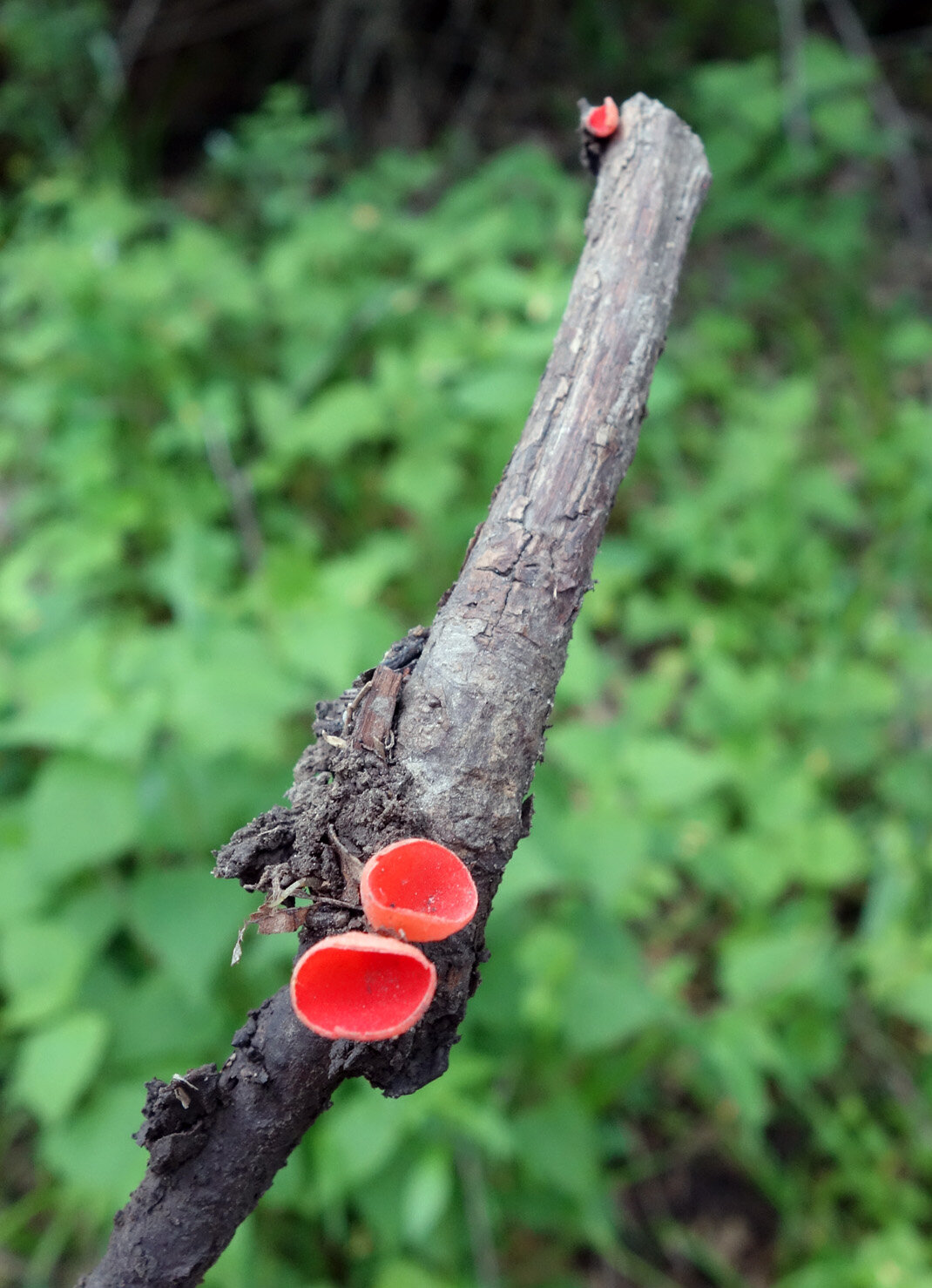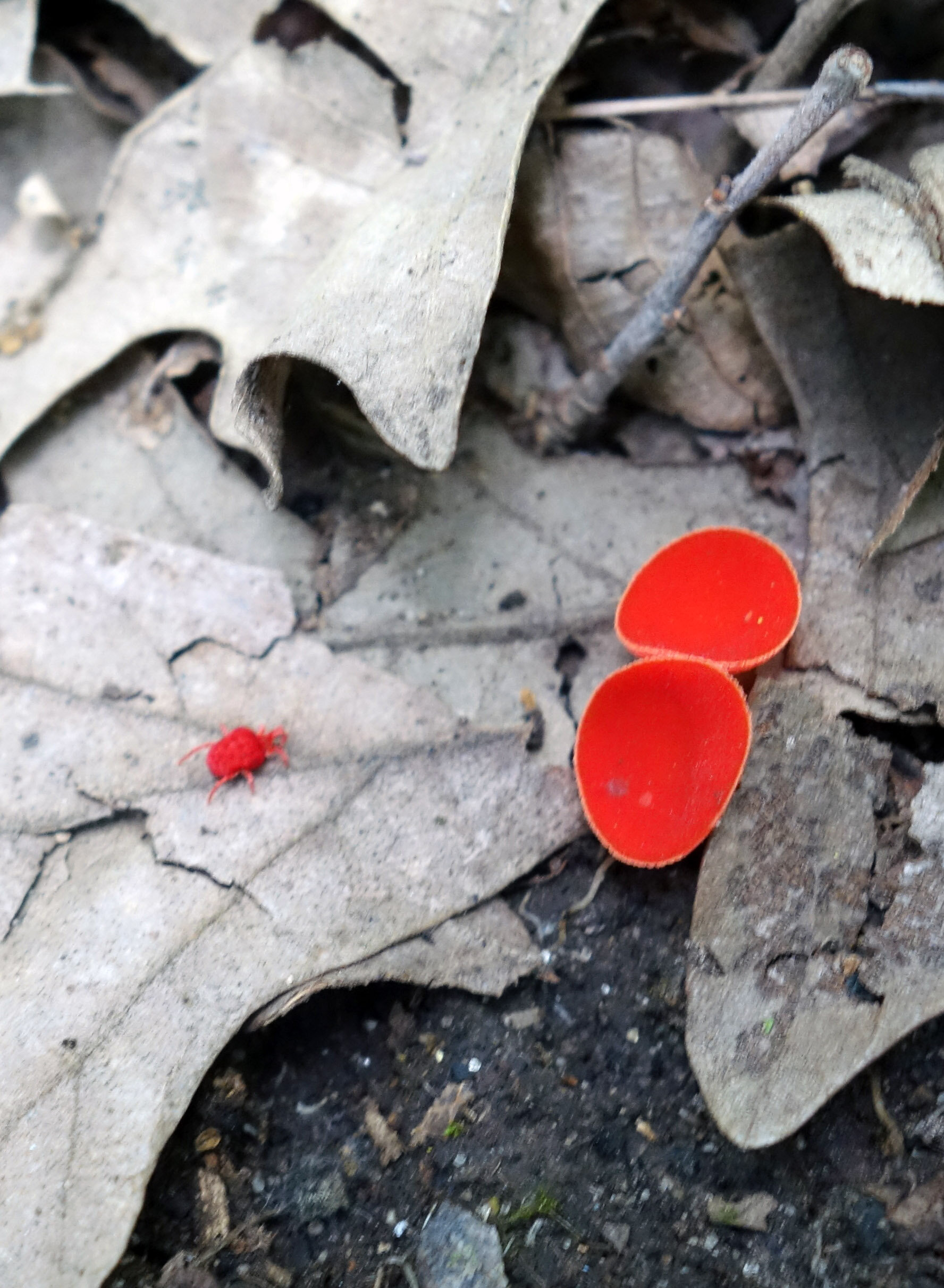On the ninth day, we visited the farm again (and I took some photos of a few farm animals and the inside of the historic Garst Farmhouse!) because I wanted to wander around the large and relatively clear Garst Home Pond; I brought the underwater camera I purchased for scuba diving with me and hoped to take some cool fish photos! However, I didn’t think this plan through very well, as I wore my normal tick-prevention gear of long pants and sneakers (sprayed thoroughly with Off! Deep Woods repellent), so I didn’t want to wade in if I could help it. Luckily there were a few spots with large enough rocks at the edge where I could get on top of them and then submerge the camera to capture initially flighty but ultimately curious bluegill fish (Lepomis macrochirus)!
We then stopped off for a wardrobe change and I forded the river with the walking stick this time to harvest some more “blue” clay, which made the whole journey much easier! After this, my last two friends departed, and I was on my own for the rest of the residency.
I spent the whole of the tenth day working on the base drawing and then some of the sculptural elements for a mixed media frog relief.
On the eleventh day, I worked on artwork some more as well as investigated the town of Coon Rapids a bit more - I visited the antique store, the bakery/café, and the Mexican restaurant. I also stopped into Adel, IA, to check out Harvey’s Greenhouse as I’d been told they have multiple greenhouses, with one entire one being devoted to cacti and succulents. In the evening, Liz Garst stopped by and we chatted, I showed her my work thus far, and she tried to tell me of a site she thought I might try for red clay… but when my navigational ineptitude was making it clear I’d never be able to check it out based on her verbal instruction, she then took me on a short Gator ride to physically point to the location!
On the twelfth day, I worked on artwork some more.
The thirteenth day brought a thunderstorm! This was welcome in that the area desperately needs rain, but unwelcome in the sense that I had planned to try to go to the potential red clay site but couldn’t given the weather. I also couldn’t bike either! Instead, I continued to work on artwork and during a pause in the rain took a stroll down to the river beach.
On my last full day, I adventured again! In the morning I took the Gator the same route Liz showed me to try out a different site for red clay; the way becomes impassable by UTV at a certain point, so I had to hike the rest of the way without a trail. This meant wading through grass that in some cases was taller than me, and the ground in some areas was still sodden from the rain! I made it though, only to find it was much the same as the other cliff my friends and I had tried. Ah, well; I gave it my best efforts this go-round and perhaps this unfinished business will call for a future residency here again at some point! I worked on artwork in the afternoon, as the daytime temperatures toward the end of this residency were in the mid-90’s, and in the evening, I biked the Steve Garst trail from the Visitor’s Center into Coon Rapids. Along the way, I passed by a pond that had wild river otter in it! I felt blessed, but also a bit frustrated; I was wearing shorts since I was biking and the very tall grasses, nettles, and other plants surrounding the pond made it impossible to photograph through well but were also not pleasant on the skin as I tried to get closer. I also had a height disadvantage! So the best photographic proof I have is pretty Nessie-level in quality, which also means I don’t have good artwork reference imagery, but it was a really cool experience nonetheless.
The following morning, I packed up all of my artwork and belongings, cleaned the place up, finished my entry in the Whiterock River House Journal (a physical guest book), and headed out in the early afternoon! The final photos in this slideshow are of the River House itself.

